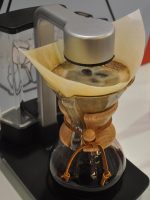 Welcome to the second of my detailed write-ups from this year’s London Coffee Festival, where I cover individual aspects of the festival, ranging around subjects such as sustainability, my coffee experiences and the coffee itself. Conversely, if you want to know what I made of the festival as a whole, take a look at my festival round-up.
Welcome to the second of my detailed write-ups from this year’s London Coffee Festival, where I cover individual aspects of the festival, ranging around subjects such as sustainability, my coffee experiences and the coffee itself. Conversely, if you want to know what I made of the festival as a whole, take a look at my festival round-up.
For previous London Coffee Festivals, I’ve dedicated entire write-ups to the subject of cups, particularly re-usable cups. I’ve also devoted entire write-ups to coffee-related kit, while last year, automatic filter machines got a post of their own. This year, however, the pickings have been a bit slimmer, not because there isn’t the kit around, but because a lot of it is stuff I’ve covered before.
I’ve therefore chosen to bring kit and cups together in one post for this year’s festival. There are innovations such as the automated milk steamer (there were two this year), another automated filter machine, a top-end hand-grinder, my favourite personal hobby horse, reusable cups, finishing with a quick round-up of what else I found at the festival. As always, I never did get to see all the stands, so if I missed anything out, please accept my apologies.
You can see what I found after the gallery.
Automated Milk Steamers
We’ll start where we left off in the first of my detailed write-ups with a look at milk. In this case, though, we’re looking at a couple of gadgets that are aimed squarely at the industry side of the market (unless you have a few thousand to spare). These are automated milk-steamers, devices designed to produce the perfect micro-foam. As I know from my own personal experience, latte art is hard and the starting point is steaming the milk. If you get that wrong, you’re not going to get very far with your latte art.
So step forward two devices, Ubermilk and O2 Perfect Foam, both of which take radically different approaches to steaming milk, although the same end result. We’ll start with Ubermilk, a German invention which is being distributed in the UK by Coffee Omega. It’s an all-in-one machine which is connected to a milk reservoir at one end, while at the other end is a nozzle. Want steamed milk? Just put your jug under the nozzle, press the button on the touch screen and out comes the precise amount of milk, steamed to the required temperature. Want enough for a latte? Just press the latte button. Doing a cappuccino? Press the cappuccino button. It’s as simple as that.
I put it to the test at the festival and can confirm that (a) it steams great milk and (b) I still can’t pour latte art! The barista at the Ubermilk stand also had a go: her latte art was far better than mine, so my failure wasn’t Ubermilk’s fault. The good news was that the one I poured tasted really good, even if the latte art was terrible.
In contrast, the O2 Perfect Foam, which is from Belgium, is more akin to an automated steam wand. Tall and thin, there is a round pedestal at the base and a steam wand at the top. Want steamed milk? Simply fill a jug with milk, place it on the pedestal and press go. The steam wand descends to the correct level and the steaming starts. Seconds later you have a jug of perfectly-steamed milk. Sadly there wasn’t any way to test the Perfect Foam’s output, but it looked pretty good.
Both machines have their pros and cons. The Ubermilk wins on simplicity, while the Perfect Foam offers more flexibility. For example, other than pressing the right button, there’s little that can go wrong (from the user’s perspective) with the Ubermilk. On the other hand, if you want to steam a full-fat cappuccino, a skinny latte and an oat milk piccolo, you’re a bit stuffed with the Ubermilk (unless you have three of them). With the Perfect Foam, just put the correct jug on the pedestal and off you go since it will steam pretty much any liquid.
One of the big advantages of the Ubermilk is that it will deliver the precisely amount of milk for the drink. Compare this to a typical coffee shop, where you’ll find that baristas tend to steam a set amount of milk, usually more than is needed, which results in a lot of milk being thrown away. In contrast, while the Perfect Foam can also steam the precise quantity of milk, it relies on the barista filling the jug to the correct level.
The big question is, of course, whether they will catch on? I think that very much depends on the operation. In a busy café, where you have a barista pulling shots and another steaming and pouring milk, I can see an Ubermilk or Perfect Foam speeding up the operation and bringing a high level of consistency to the process. In cafés and restaurants where coffee is not necessarily the focus of the operation, I can see an Ubermilk or Perfect Foam bringing a much higher level of consistency to the milk. I shall let you know if I see any of them appearing in coffee shops over the next year or so.
For an alternative look at the Perfect Foam, this is what Sprudge had to say. After the gallery, I’ll introduce you to another automated filter machine.
Chemex
Last year was the year of the automatic filter machine at the London Coffee Festival. Coming slightly late to the party is the Ottomatic, which was making its first appearance at the festival. From the makers of the Chemex, the queen of pour-over filters, this is an automatic Chemex machine, aimed firmly at the home market.
Like the slightly more upmarket Ratio Eight, which I saw last year, the Ottomatic is a self-contained, plug-in-and-go counter-top unit. You fill the reservoir with water, put the ground coffee in the filter and press go. The Ottomatic takes over from that point onwards, sending pre-programmed pulses of water from the brew head onto the coffee.
There’s a pre-infusion stage, to allow the coffee to bloom, while the water is sprayed onto the coffee grounds to ensure a more even extraction. There’s a gap between the brew head and the Chemex, so you can watch the whole process. The gap also means that you can give the coffee grounds a stir to ensure they are fully wetted, although I’m sure you’re not supposed to. While watching my coffee being made at the festival I really had to resist the temptation to reach in with a spoon and give things a good stir!
You have no control over the number of pulses or their duration/dose, the Ottomatic keeping going until it runs out of water: the more water you put in the reservoir, the longer it takes. Other than the amount of water you use, the only control you have is the ratio of water to coffee and the level of grind. However, I suspect that is more than enough variables for most home-users!
So, how does it taste? Well, quite good, I have to say. I used a Musasa Dukunde Kawa Rwandan from Has Bean and the resulting brew was very clean, crisp and, above all, drinkable. Would I buy one? Probably not, since it’s a bit overkill if you’re only ever making coffee for one, but I’d definitely use one if I had it!
A word of caution: I’m not sure how easy it is to get the Ottomatic in the UK. You can buy them on-line, but at a considerable premium (maybe twice the price you’d paid in the US). Has Bean was demonstrating it at the festival, but I don’t believe it is currently stocked.
After the gallery, from automatic to manual with a lovely hand grinder.
Comandante C-40
Regular readers will know that I love Woody, my wooden feldgrind from Knock. I’ve also got a bright red conventional feldfarb that comes with me on my travels. However, it would be wrong of me to suggest that, when it comes to hand grinders, Knock is the only game in town. There are numerous hand grinders out there, although most of them have ceramic burr sets.
What sets the Knock grinders apart is the use of steel burr sets, which ensures a superior grind consistency. Joining Knock, and making similarly beautiful grinders, is Germany’s Comandante, which I had the pleasure of catching up with at the festival. The Comandante C-40 grinder has, at its heart, a set of steel nitro blade conical burrs. These are mounted in a metal cylindrical body, which is fitted with a decorative, wooden skin.
There are several design differences between the C-40 and most other hand grinders that I’ve used. The obvious one is the handle. Whereas most grinder handles tend to be straight, the C-40 has a kink in the handle, so the nob is lower down, below the level of the top of the grinder. You wouldn’t think it makes that much difference, but I found it made grinding a lot easier. The larger knob at the end of the handle also makes things slightly easier, although I supsect that the handle design was the main factor.
The C-40 is wider than most hand grinders, which leads to another neat design feature. You can take the hopper from the bottom of the grinder, fill it with beans, place the other half of the grinder upside down on top of it, invert the whole assembly and, voila, you’ve filled the grinder with beans. It really is quite clever. Having seen that trick with the C-40, I have tried it with some of my other grinders, and while the trick works with them, their narrower bodies makes it much less useful.
The one area where I feel that Comandante lets itself down is in the way you adjust the grind setting on the burrs. To change the grind setting on the C-40 you have to remove the hopper at the bottom, and then turn a three-pronged knob. So far, so good. However, there are no numbers or other markers, so you have to remember what you last set it on and remember how many clicks around you need to go to get to whatever setting you need.
I’m someone who changes the grind size on my grinder two or three times a day, so having an easily-adjustable grind setting is important to me. Although I’ve not used the C-40, its adjustment mechanism is very similar to those on my ceramic burr grinders. Those I have used extensively and, I have to say, I found them a real pain to change, frequently ending up with the wrong grind setting and wasting a lot of time and beans in the process.
After the gallery, we come to a subject very close to my heart, reusable cups.
Reusable Cups
Cups are a big part of my London Coffee Festival experience. However, this year, there wasn’t much to report. As usual, KeepCup was there, but new cups were thin on the ground. The stand out was the SoL Cup, another glass reusable cup from Australia, the home of the reusable cup.
Several things set SoL Cup apart from the competition. The first is that each cup is hand-blown. Whether this is result of hand-blowing or not, I don’t know, but the resulting cup is much thinner, and hence much lighter, than an equivalent KeepCup. I worried that this might make them more fragile, but having hauled my new SoL Cup around the festival for two days and then taken it around Japan for 2½ weeks, it’s held up pretty well.
SoL Cups’ other main selling point is its environmental credentials. With its silicone sleeve and lid, it claims to be completely free of harmful chemicals. However, for me, perhaps the best thing isn’t the cup itself, rather it’s the pouch that comes with it (you can also buy pouches separately). Made of hemp, with a waterproof lining, it’s just big enough for the 12oz version and has drawstrings across the top.
I used it a lot in Japan to carry my cup around with me when I popped out of the office for coffee during meeting breaks. Since it’s waterproof, it’s also very handy when you’ve finished your drink. If you can’t get your cup washed out, just pop it in the pouch, pull the drawstrings tight and pop it in your bag where you won’t have to worry about finding a thin coating coffee dregs all over your stuff when you fish it out hours later.
Having given my SoL Cup a through testing, it’s come through with flying colours. I’ve really enjoyed drinking from it, although I can’t say that I prefer it over my KeepCup, or vice versa. Coffee tastes excellent out of both of them. I suspect that ultimately the choice will be an individual one, although I can’t recommend the pouch highly enough.
One note of caution though: SoL Cup is an Australian company which has only been going since the end of 2016. As far as I know, there is no UK distributor and the only way to get one is via the SoL Cups webshop, except, of course, it doesn’t seem to want to ship to the UK… However, I’ve since been told, via the power of Facebook, that a UK launch is imminent, so watch this space!
Another reusable cup which is making a big play on its environmental credentials is the Ecoffee Cup, made of bamboo fibre. I first came across the Ecoffee Cup at last year’s festival, when the smallest size available was 12oz. Fortunately, an 8oz version was released later than year and Ecoffee very kindly sent me one which I’ve taken on several trips, most notably when I was travelling around the USA earlier this year.
I was impressed with the Ecoffee cup on several levels, the main one being how light it is. Of all my reusable cups, it’s up there with the Upper Cup in terms of lightness. It’s also practically indestructible, so dropping it really isn’t a worry. While my coffee tasted fine from it, aesthetically, I prefer my glass cups, although my favourite is still my porcelain Therma Cup. However, it terms of a handy, lightweight travel cup, it’s jumped to the top of the list. One small drawback if, like me, you’re not too hot on cleaning out your cup, is that the interior does tend to stain. Personally, I’m not fussed, but it might be a concern for some people.
For more on the SoL Cup, Ecoffee Cup and other reusable cups, please see the Coffee Spot Guide to Reusable Cups.
Finally, I can’t leave this section without mentioning that the London Coffee Festival has (belatedly in my opinion) started addressing the disposable cup problem. I don’t know how many disposable cups the festival goes through each year, but it’s a lot (I’d guess at least 100,000). The recycling bins that popped up this year were therefore a welcome sight, even if their numbers were woefully inadequate to cope with the demand!
After the gallery, we’ll end with a round-up of the rest of the kit I found at the festival.
Round-up
Last year, I was introduced to the Seraphim automatic pour-over machine from Curtis in the US. This year, the Seraphim was back, this time on Curtis’ own stand, which means that we might see one in the UK soon. In the meantime, I’ve seen one in action, at Press Coffee in Phoenix, where I had a lovely cup of coffee. This was good enough to win Press Coffee a runners-up spot in the 2016 Coffee Spot Award for Best Filter Coffee.
Another returnee was the Mavam modular espresso system, which I first saw at last year’s festival. There’s now at least one of these in the UK in Treves & Hyde in London, which I must pay a visit to!
Back again, this time for a third year, was the Ikawa home roaster, which I first saw in 2015. I popped by to say hello and you should expect to hear more about this in due course since I’m scheduled to receive one any time now!
Sage is a perennial visitor with its award-winning range of home espresso machines. I’ve had my Sage Barista Express since just before Christmas and am extremely impressed with it. The latest innovation from Sage, which was being showcased at the festival, is a fully-automated machine. It’s so new I don’t think it’s for sale yet, but it’s a version of the existing Oracle dual-boiler machine, but with a touch-screen control panel. Just select your drink and the Sage does (almost) everything else. I’ve since learnt, via the wonders of twitter this time, that it’s called the Oracle Touch and it will be available in August/September.
Finally, I caught up with friends of the Coffee Spot, Bonavita. Last year, Bonavita kindly gave me a Gooseneck Kettle which revolutionised the way I make pour-over. That also came with a set of Bonavita scales which I must get around to writing up (they’re awesome). This year, Bonavita has upgraded the scales, removing most of the modes (which I never used) and making the scales rechargeable, so no more swapping of batteries. Bonavita has also introduced a new brewer, which is designed to replicate the cupping process. It’s a simple glass carafe with a rubber plunger that keeps the grounds safely at the bottom, so you don’t get a mouthful of sludge!
That’s all from the London Coffee Festival for now. See what I got up to with my varied coffee experiences in the next of my detailed write ups.
For other perspectives on the Festival, check out the following reviews by Jenny Ferreira, Bean There At, Bex, Audrey Fiodorenko and the Commodities Connoisseur. For a slightly more quirky take on things, here’s an interesting article from Sprudge and for a more food-orientated look at things, here’s MiSU’s take on the festival.
If you’ve written a review of the festival, drop me a line with the link and I’ll add it in.
If you liked this post, please let me know by clicking the “Like” button. If you have a WordPress account and you don’t mind everyone knowing that you liked this post, you can use the “Like this” button right at the bottom instead. [bawlu_buttons]
Don’t forget that you can share this post with your friends using the buttons below.

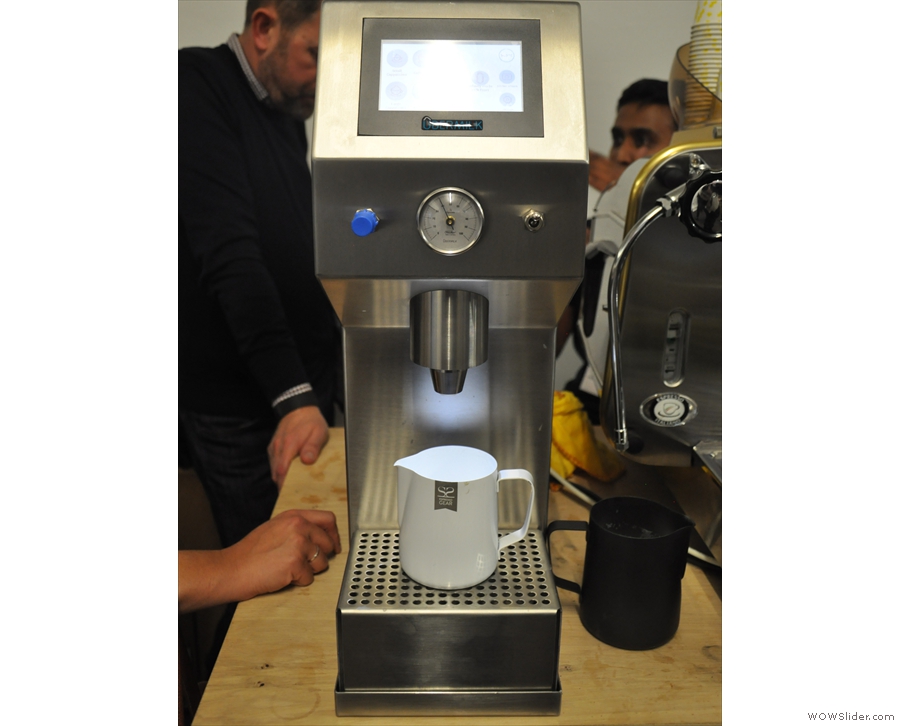
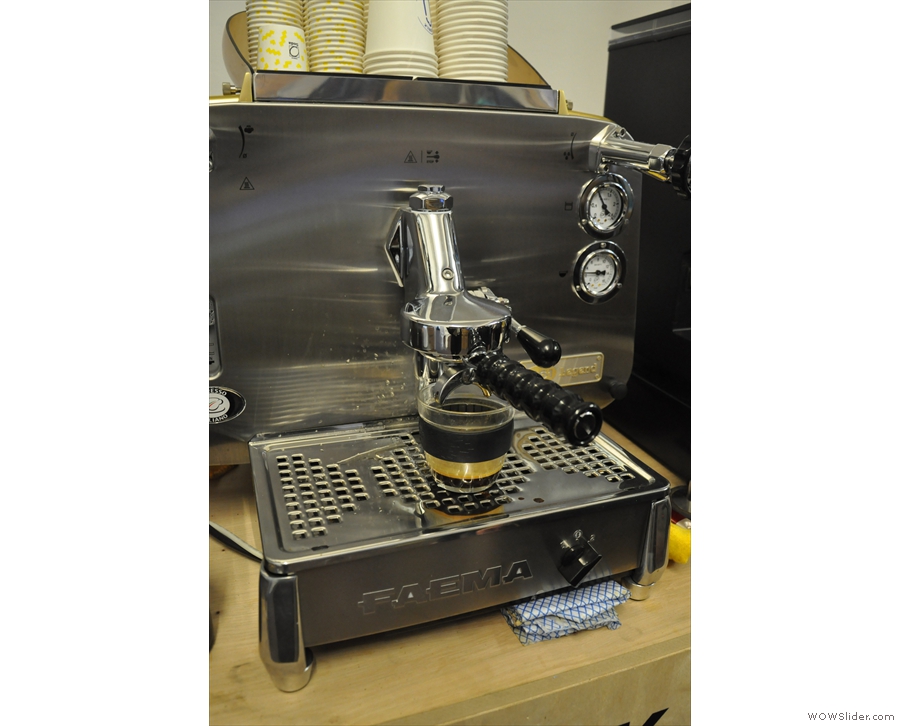
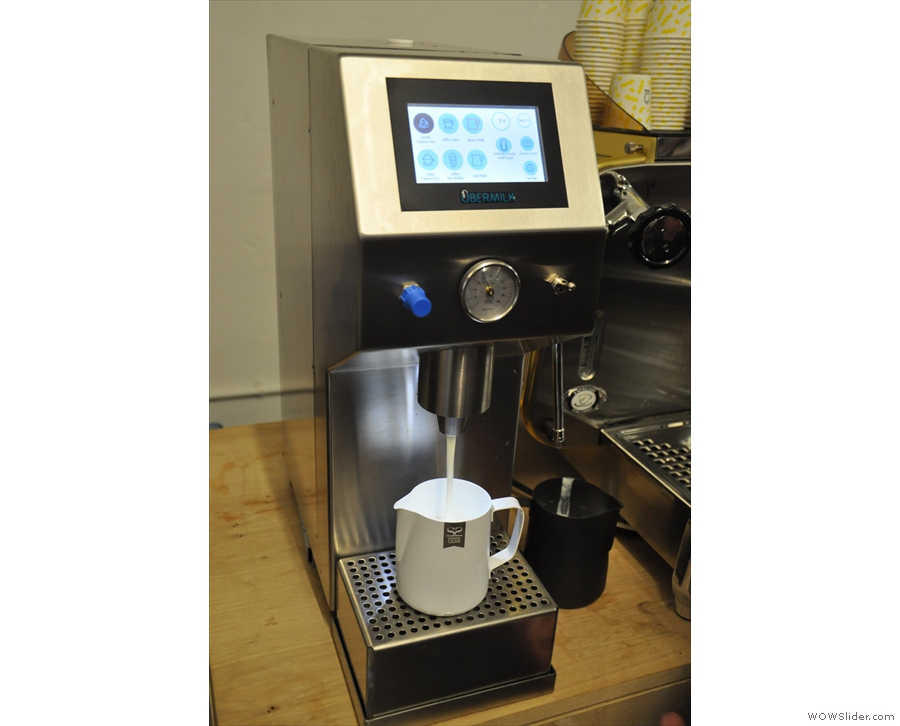
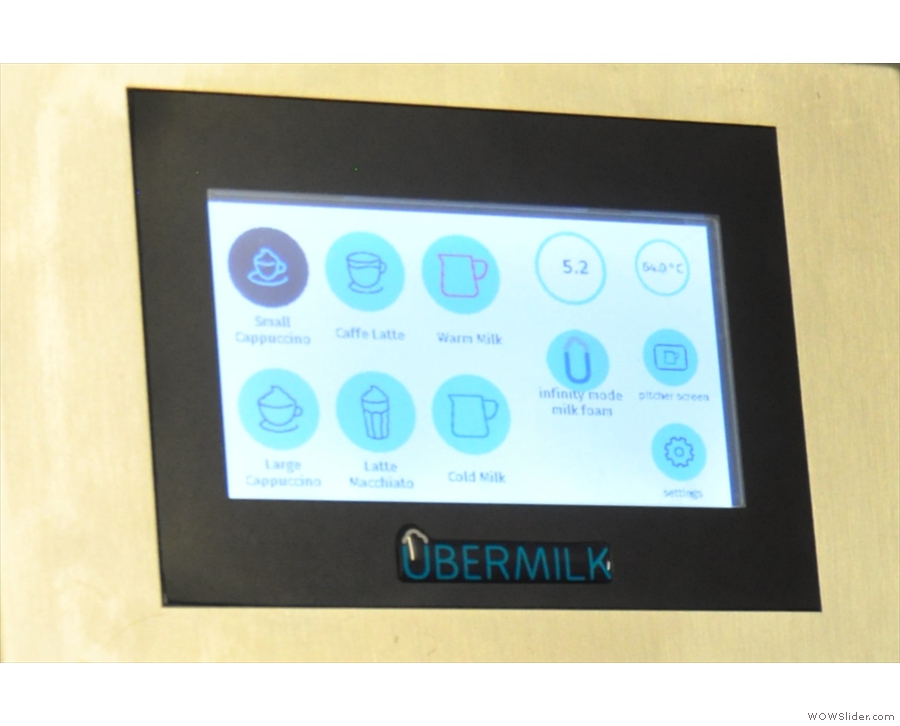
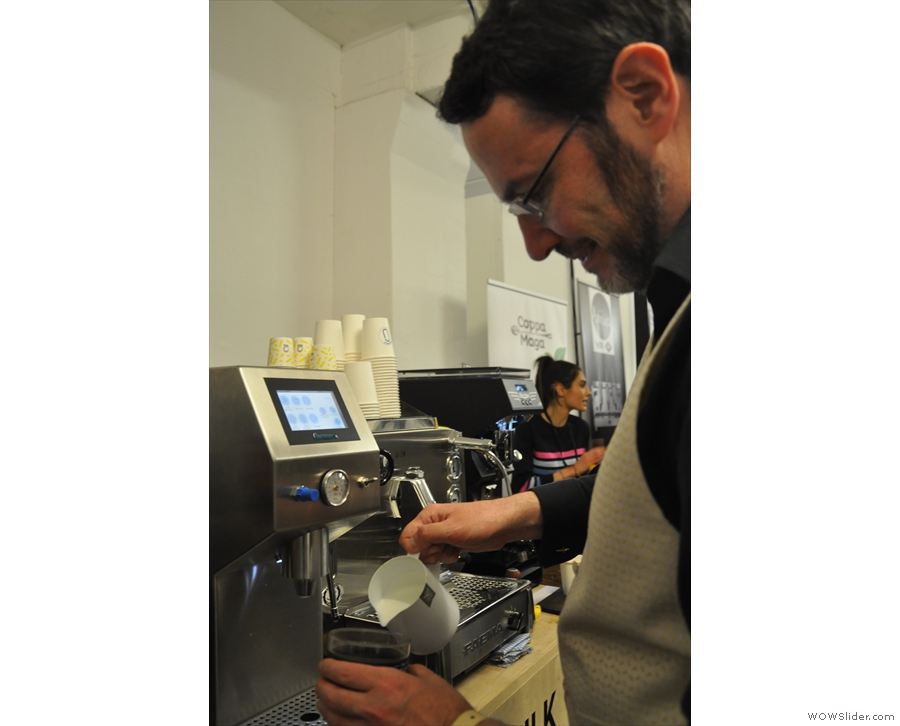
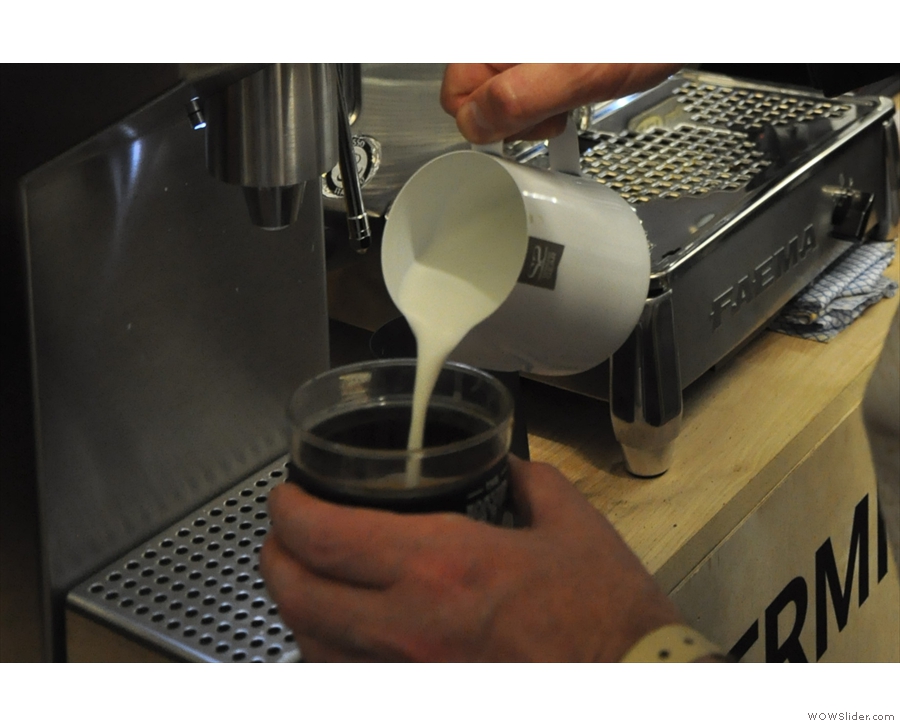
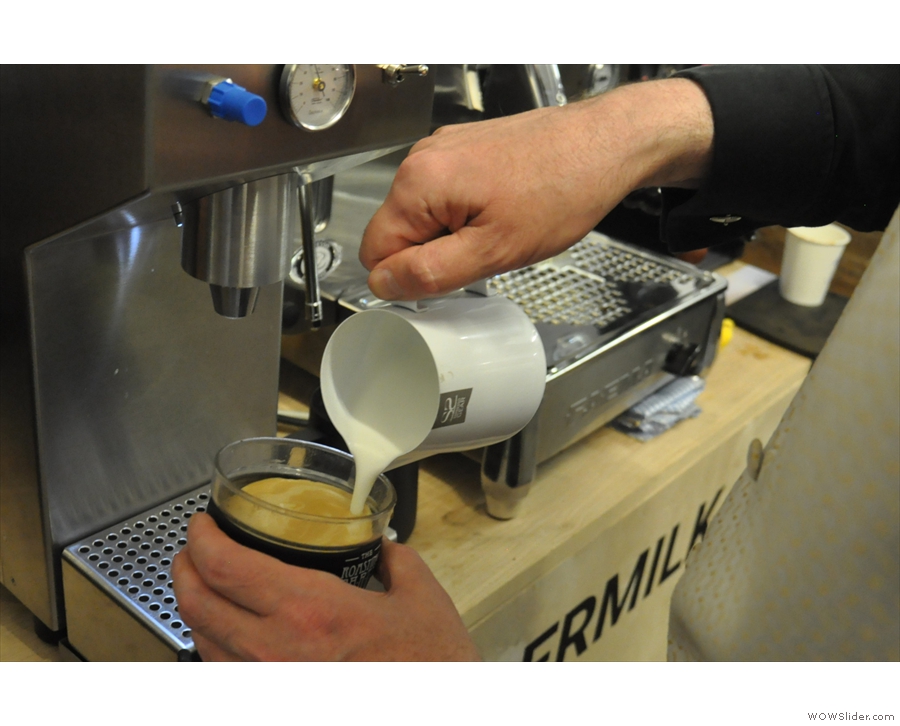
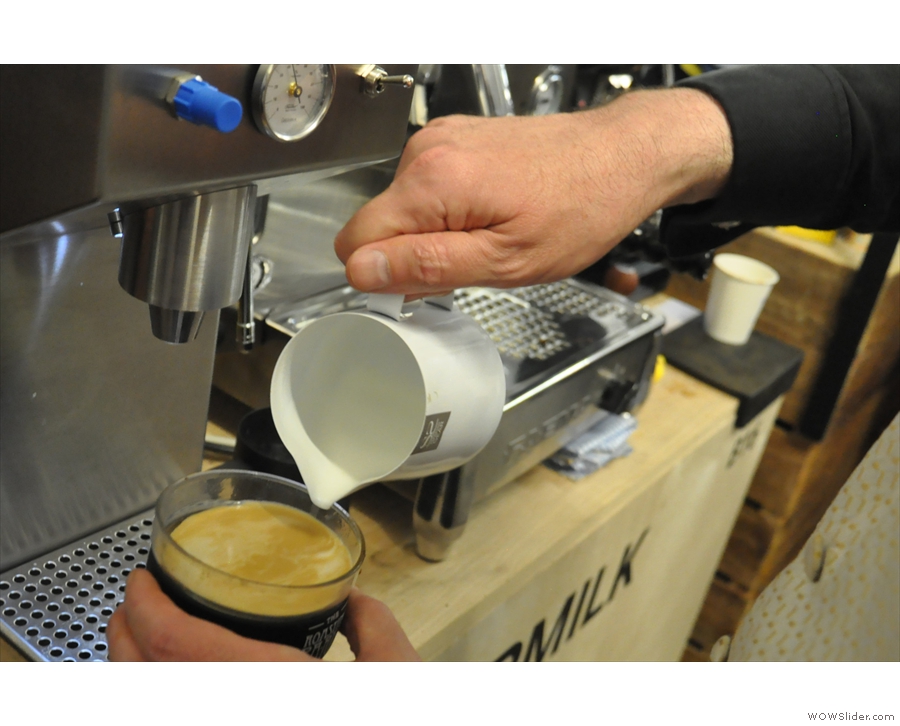
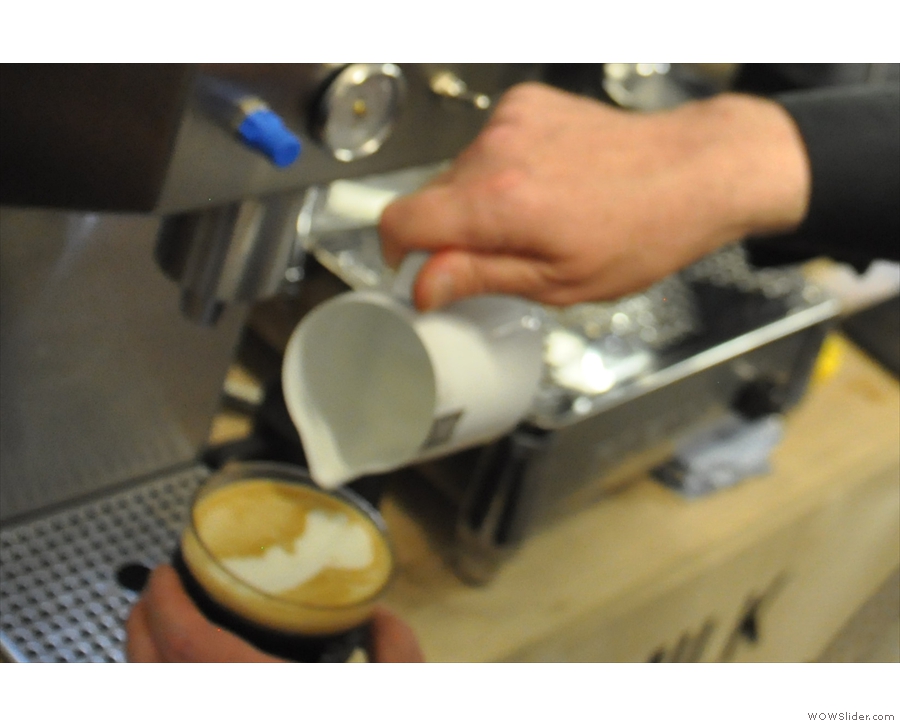
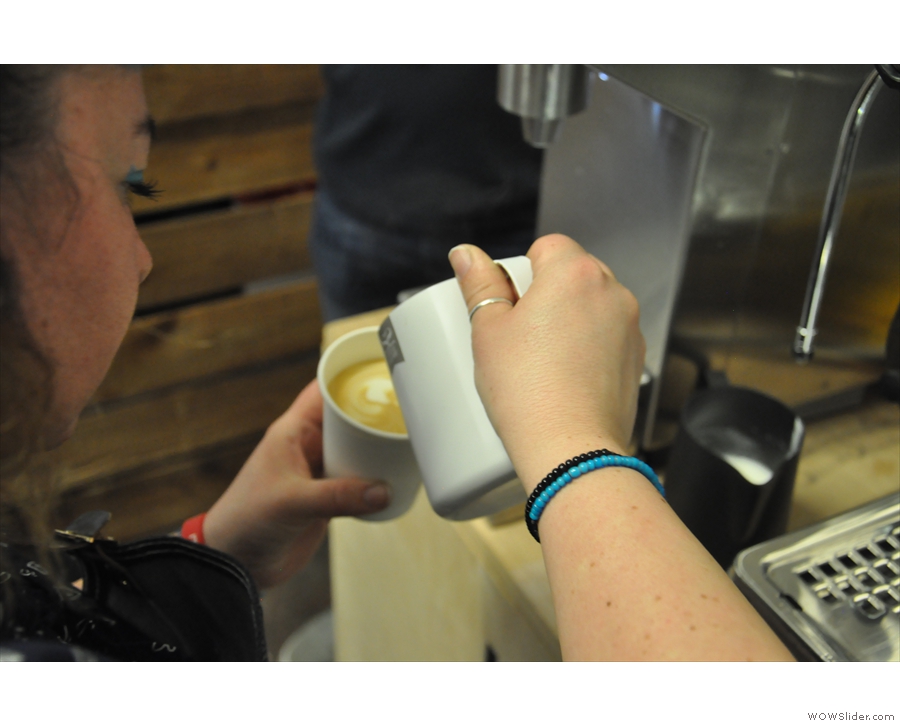
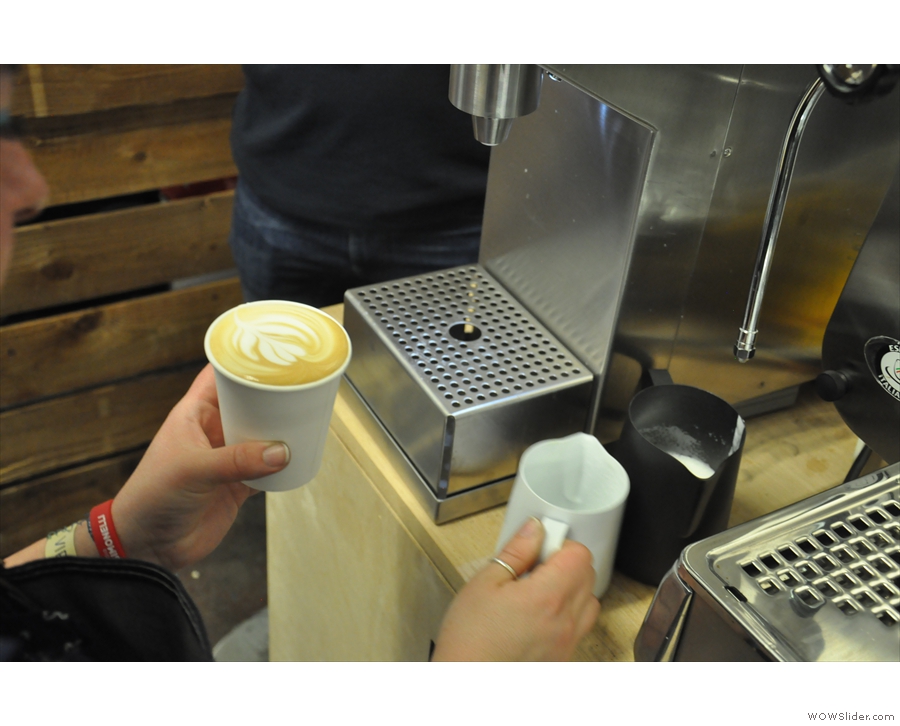
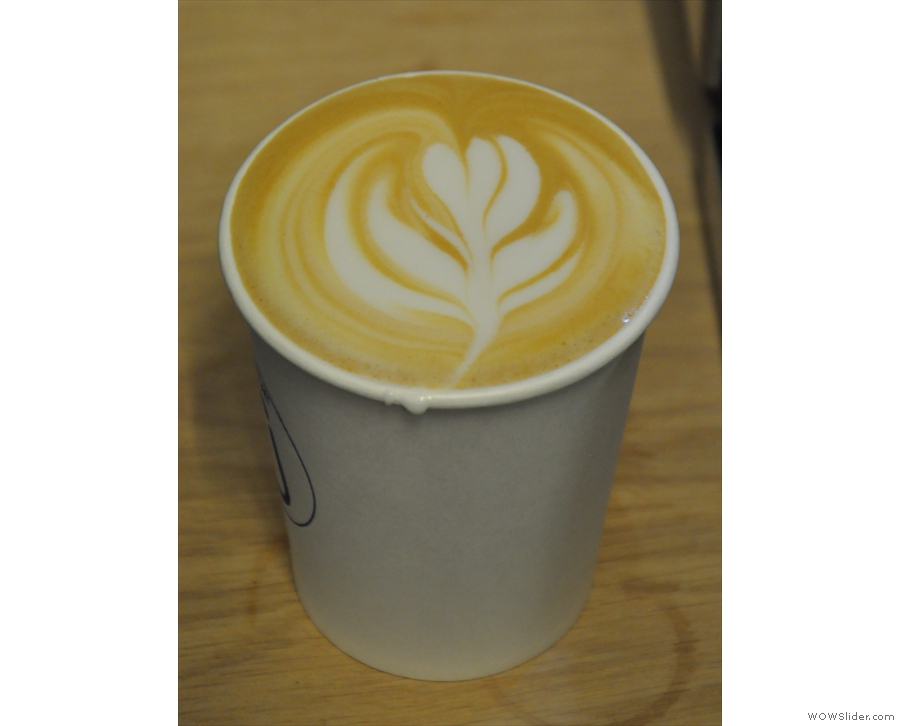
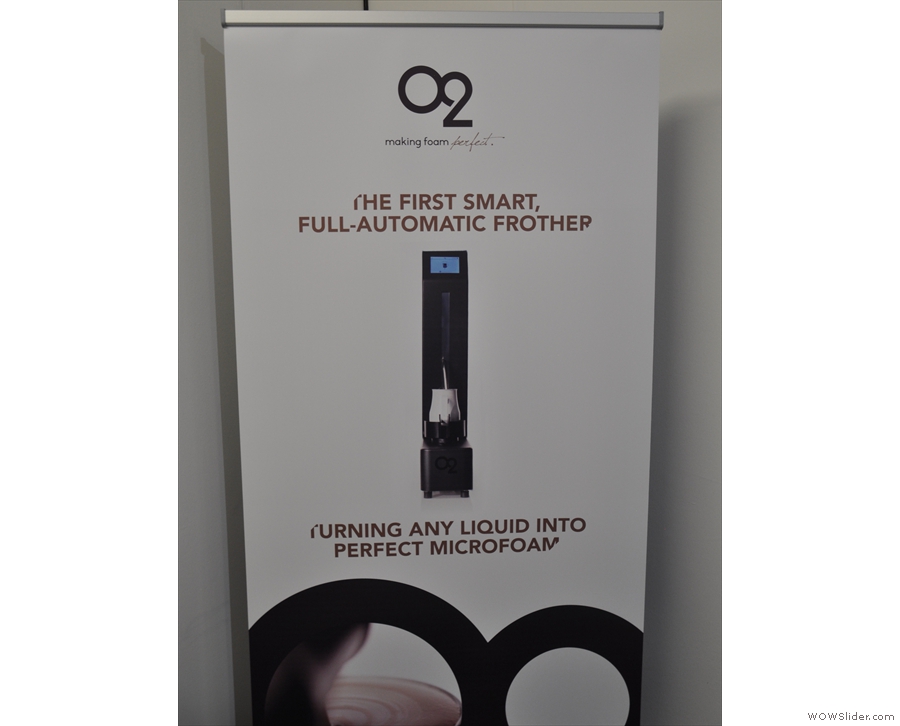
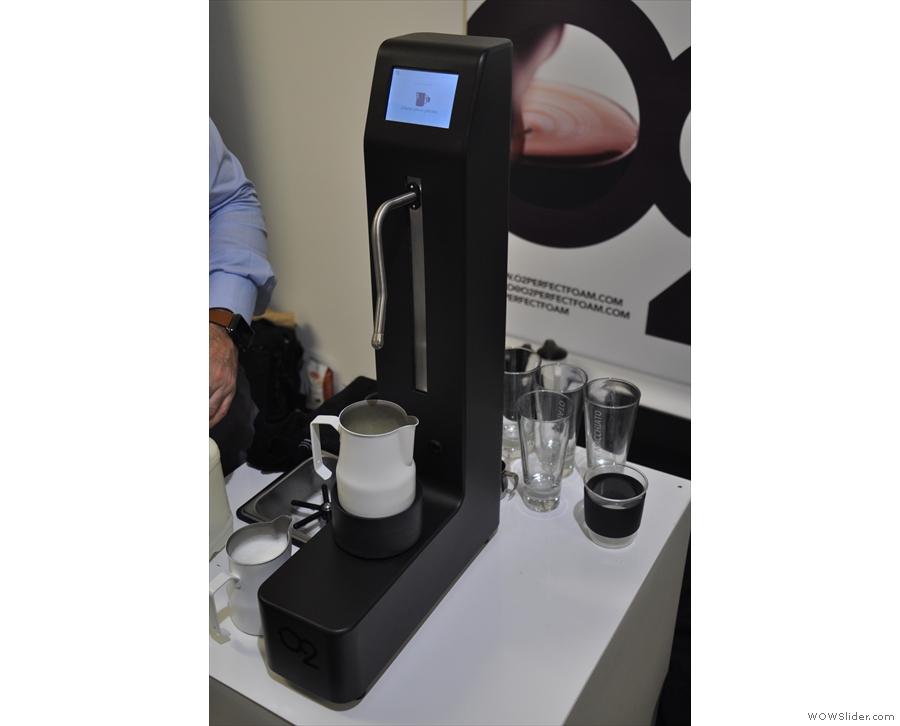
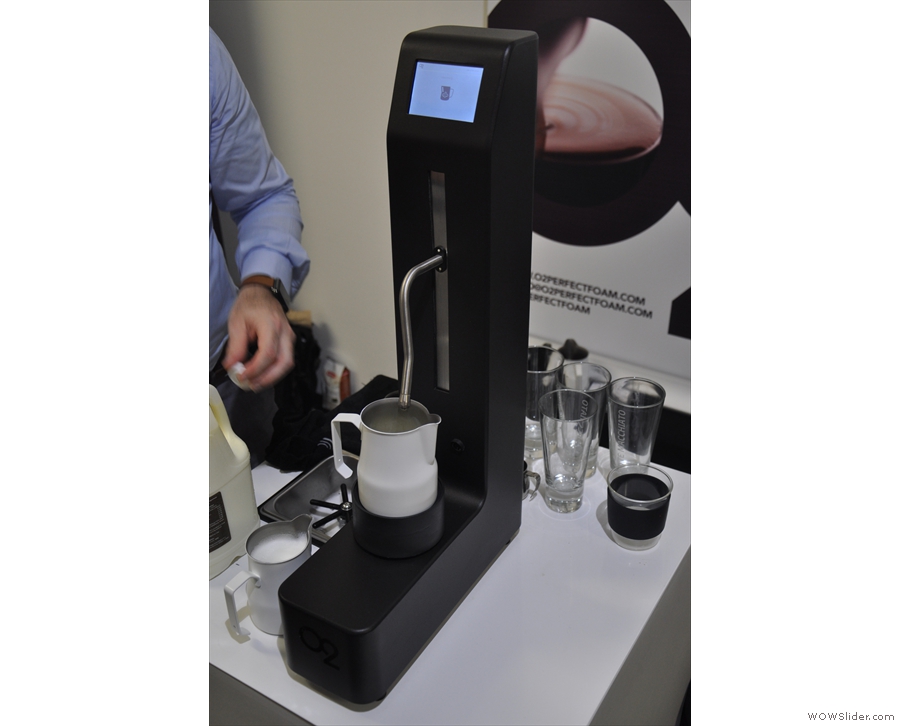
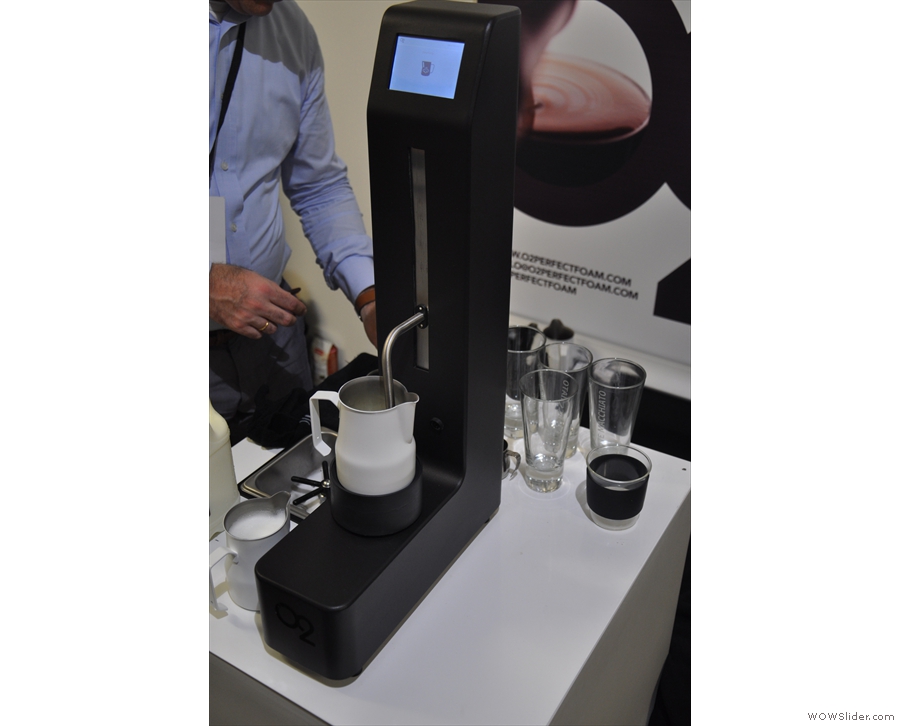
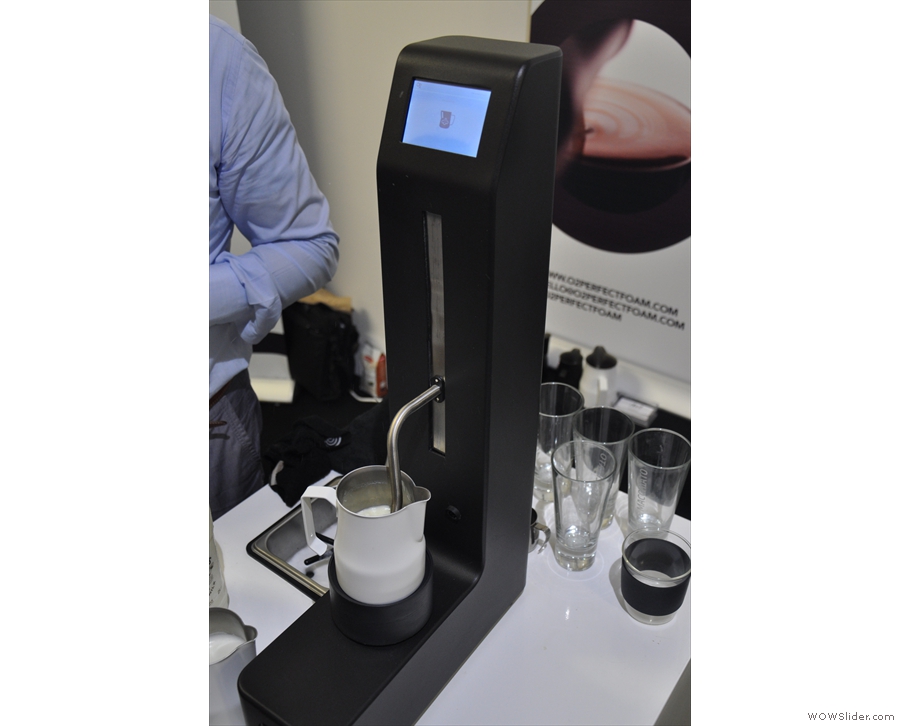
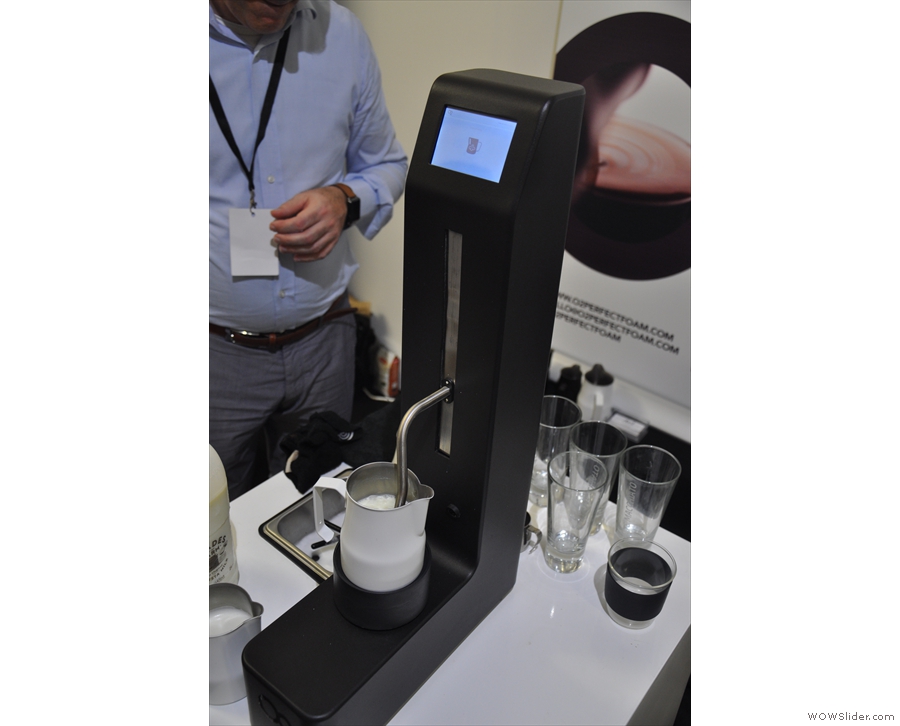
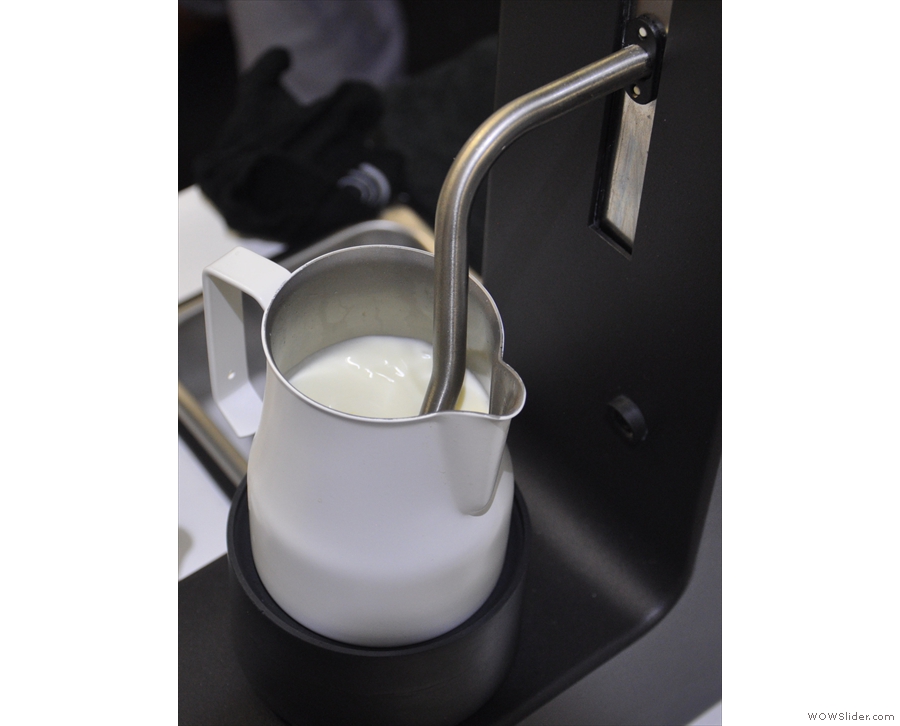
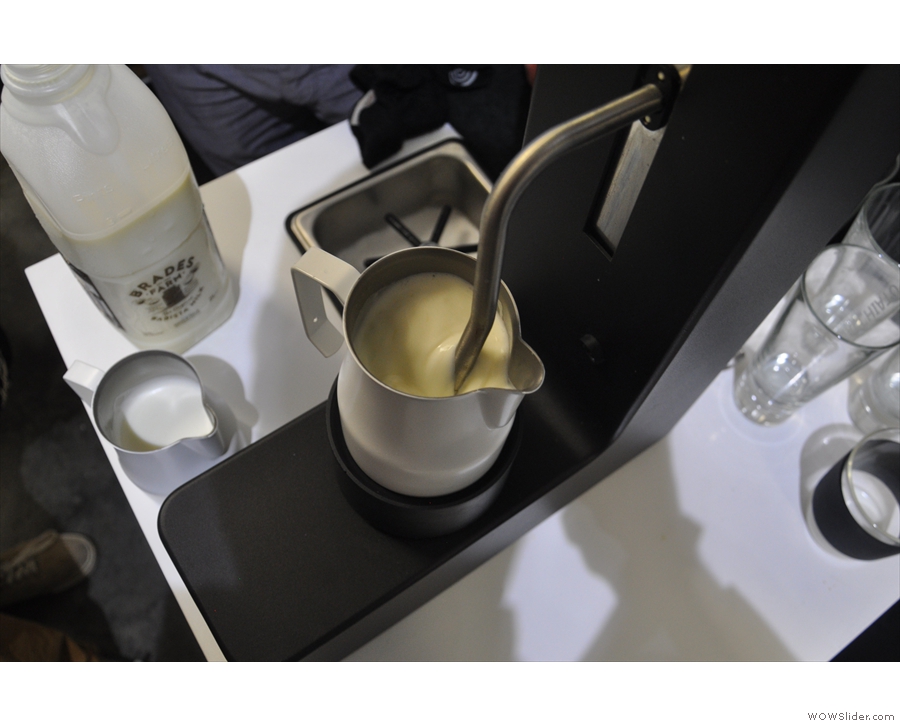
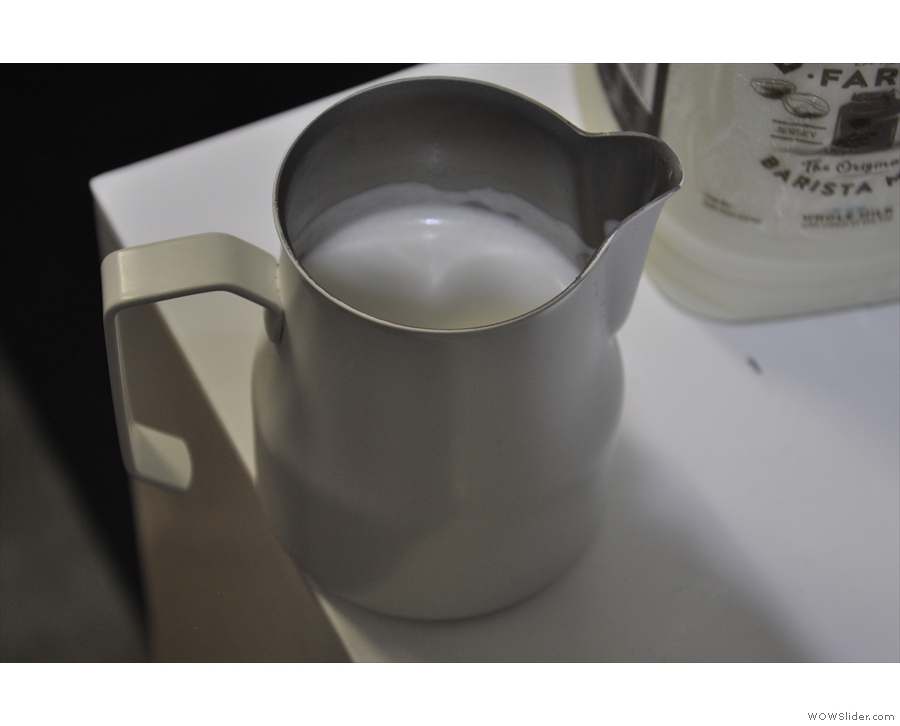
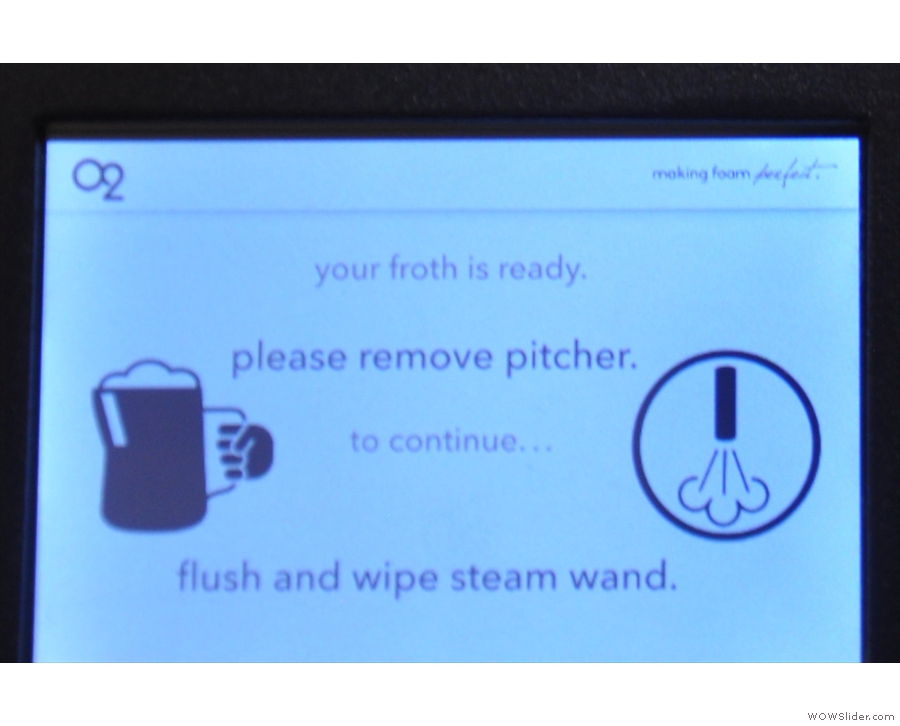
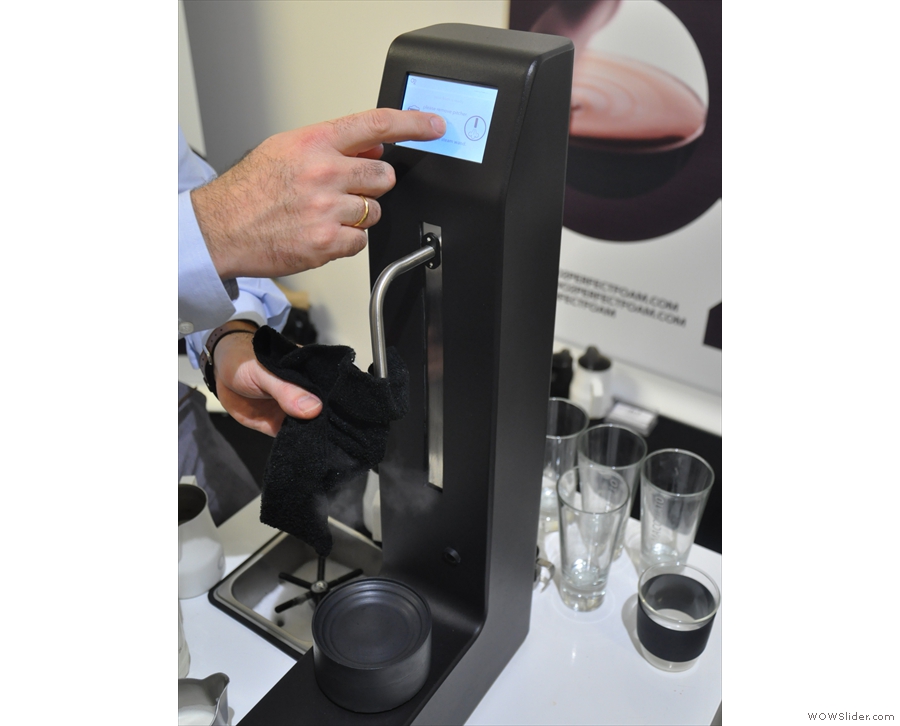
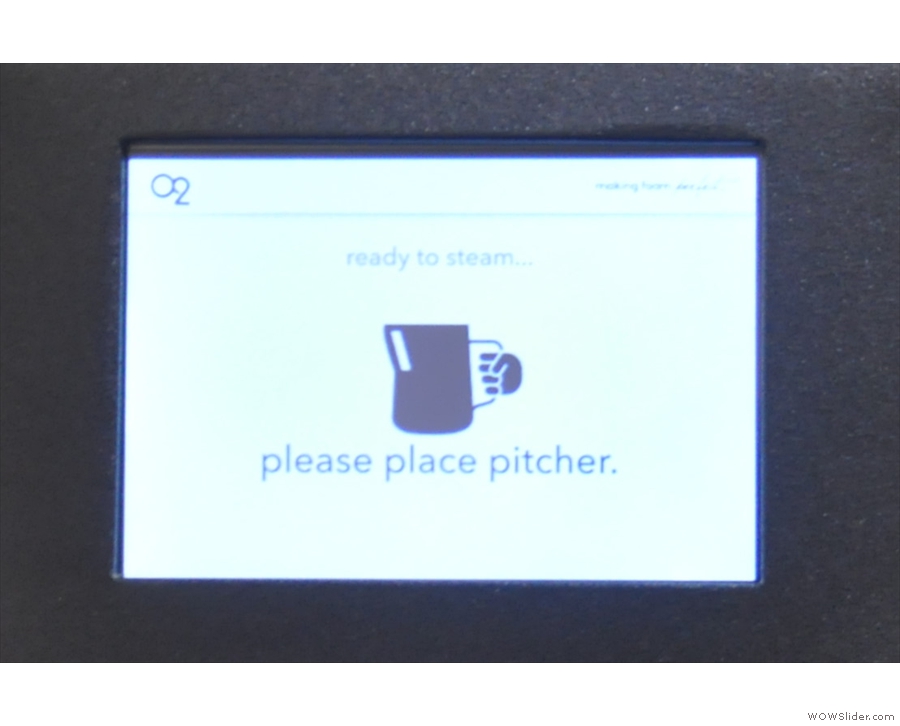
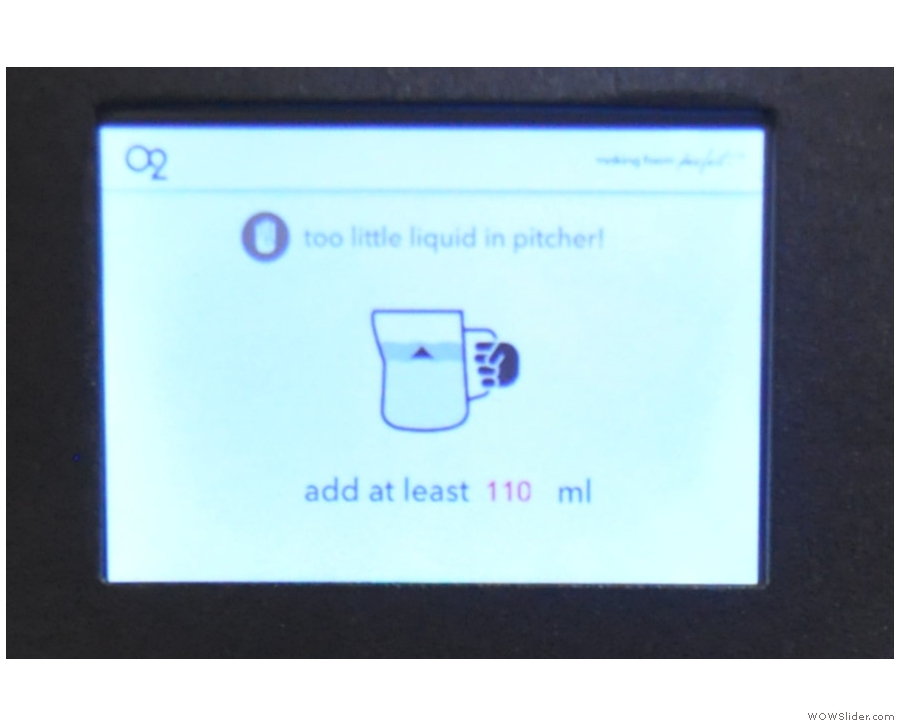
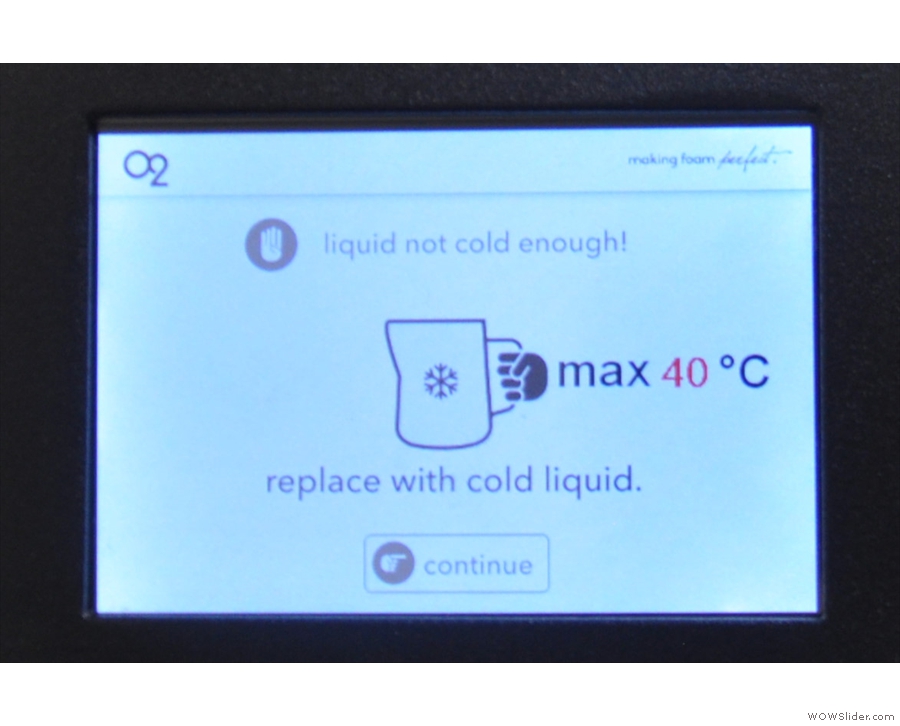
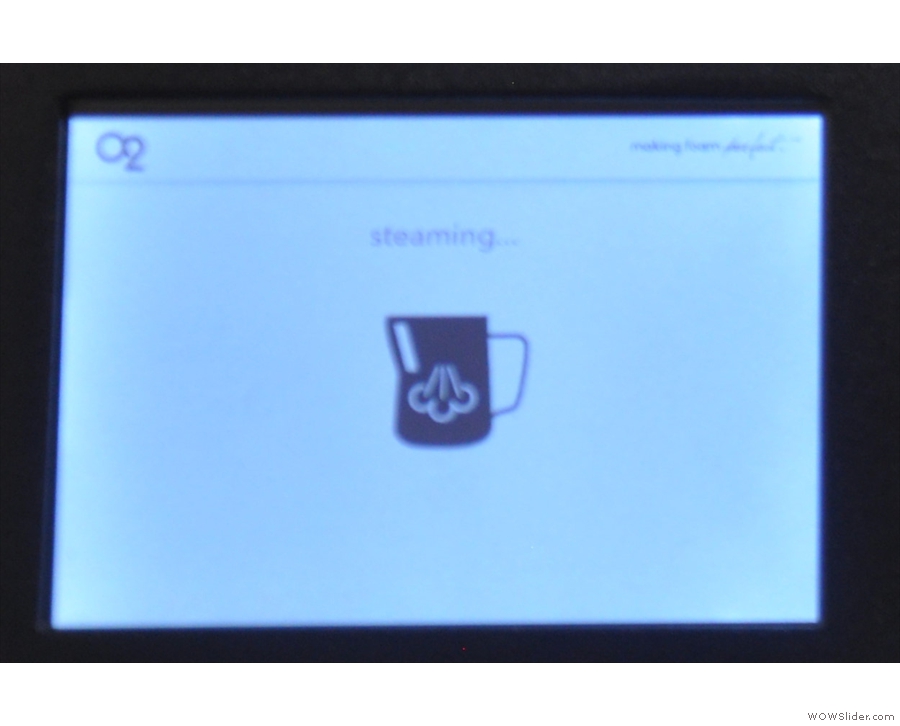
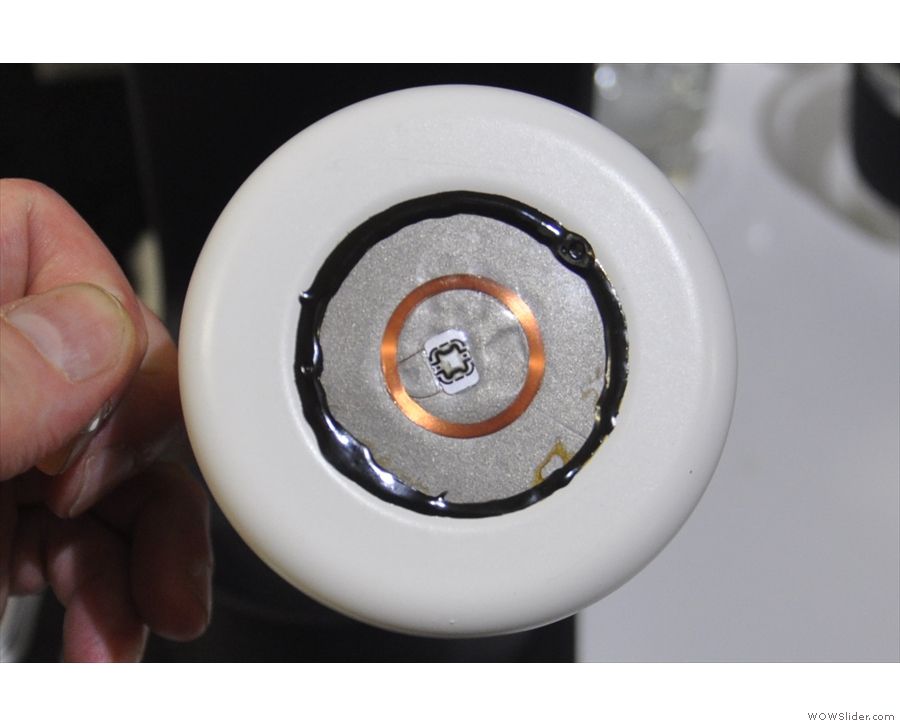
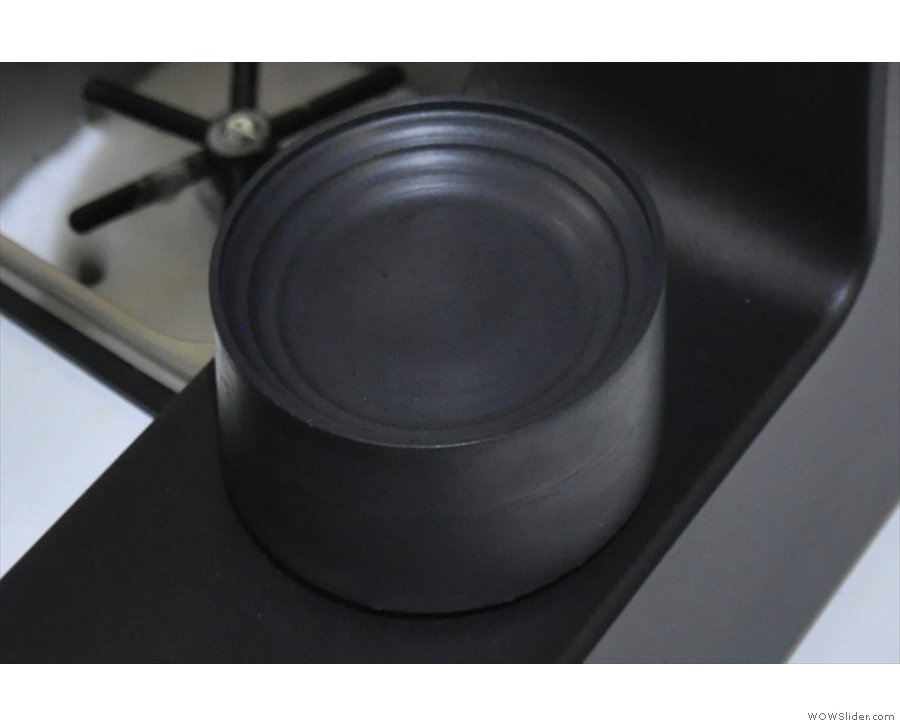
 1
1 2
2 3
3 4
4 5
5 6
6 7
7 8
8 9
9 10
10 11
11 12
12 13
13 14
14 15
15 16
16 17
17 18
18 19
19 20
20 21
21 22
22 23
23 24
24 25
25 26
26 27
27 28
28 29
29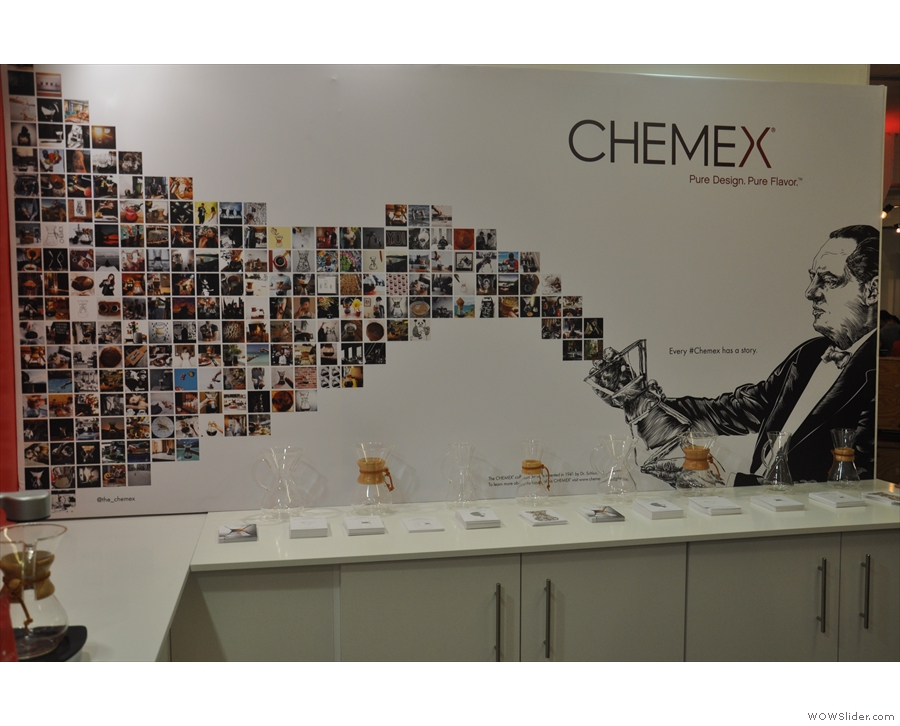
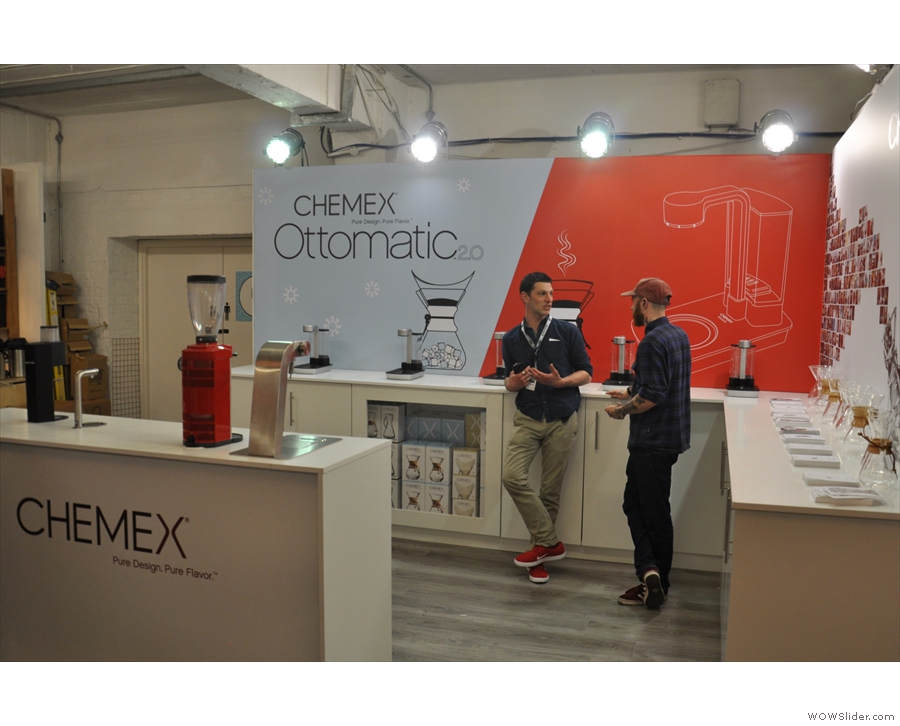

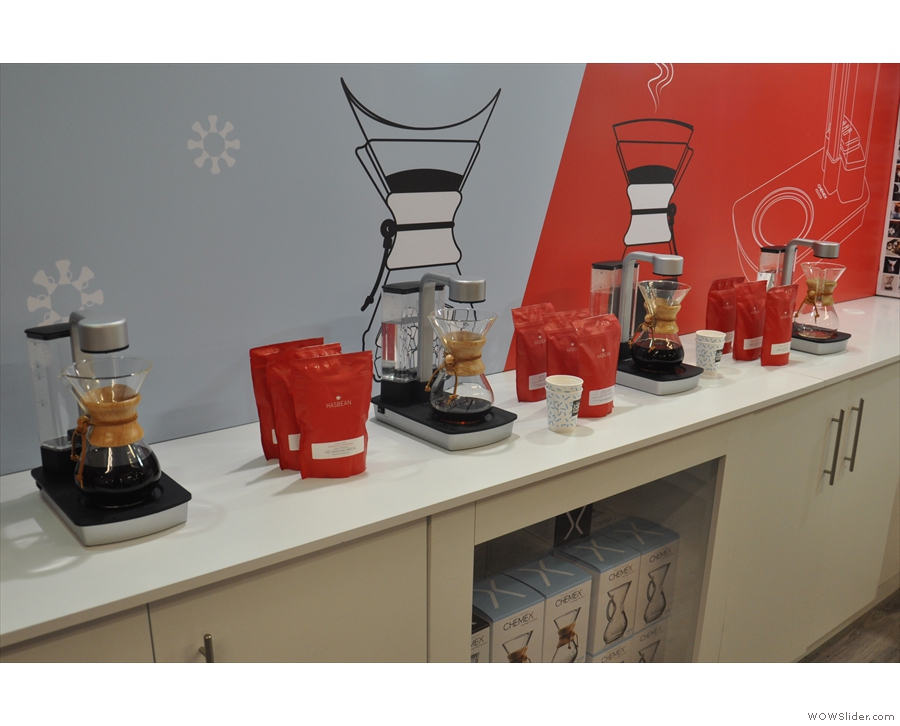
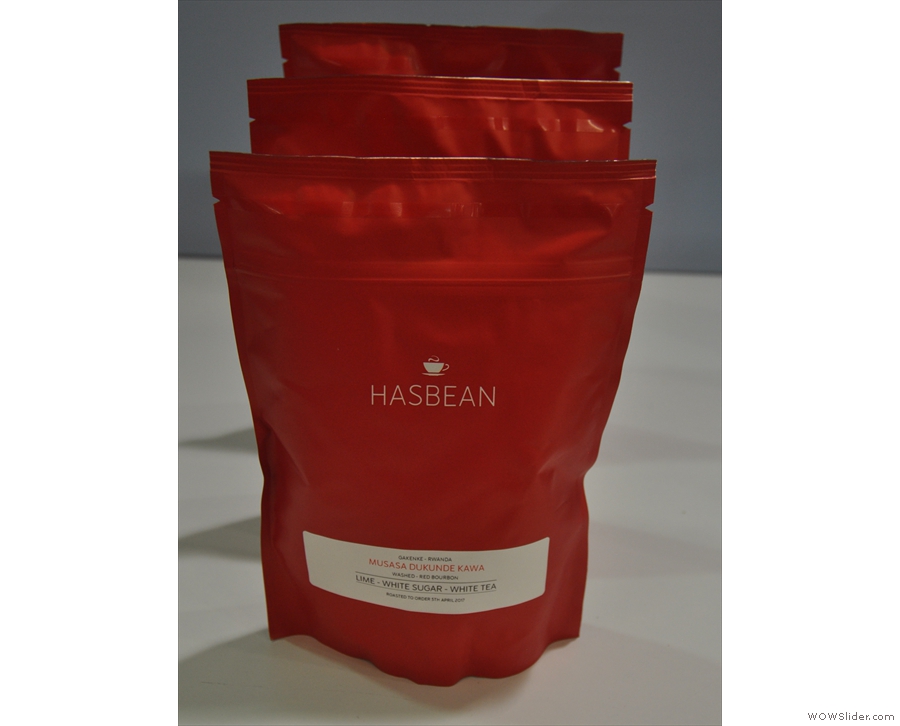
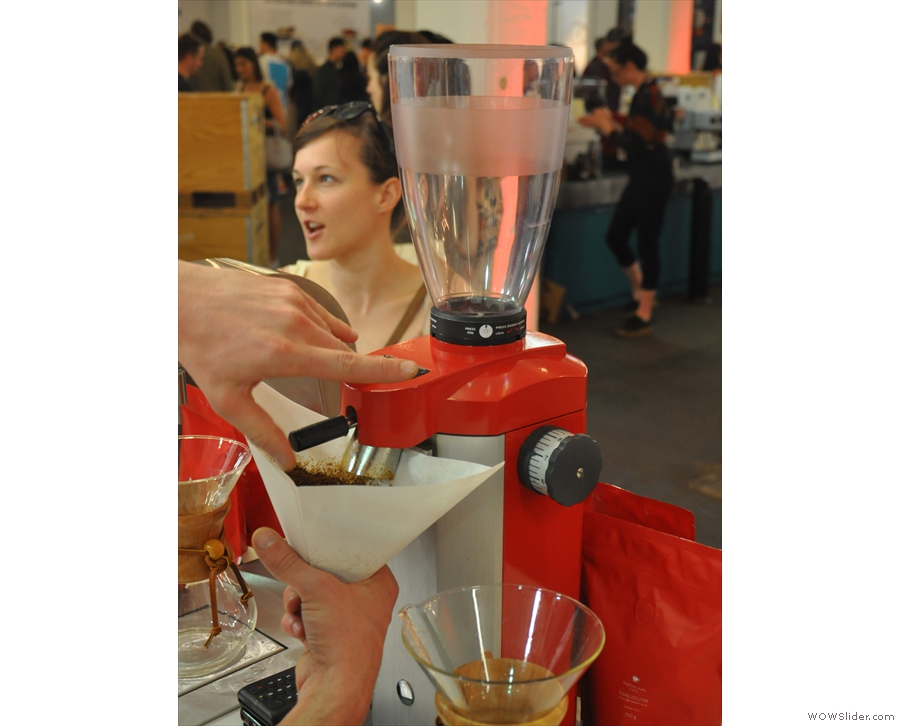

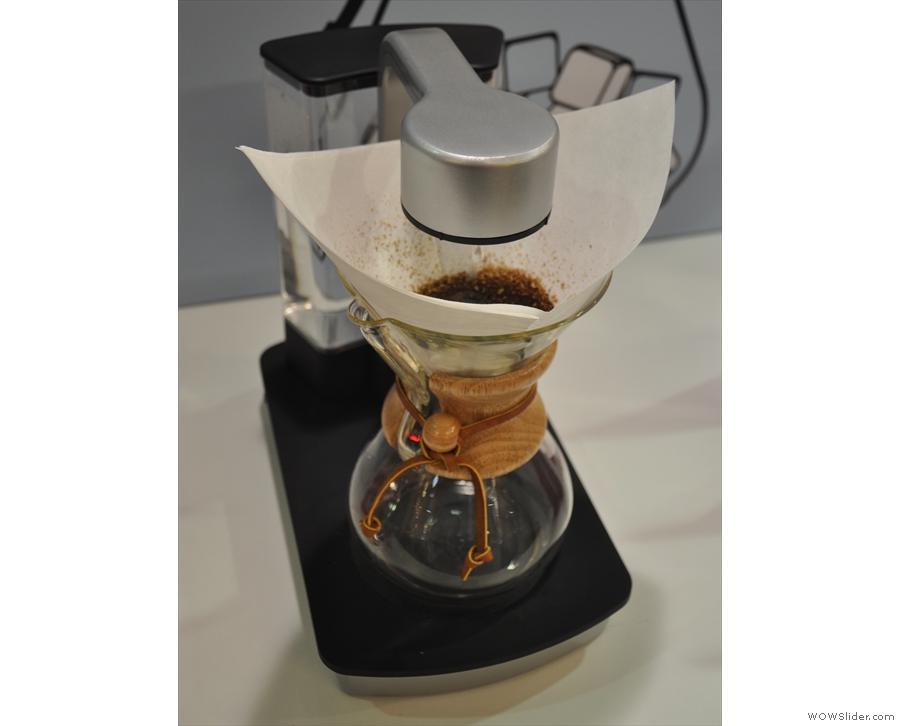
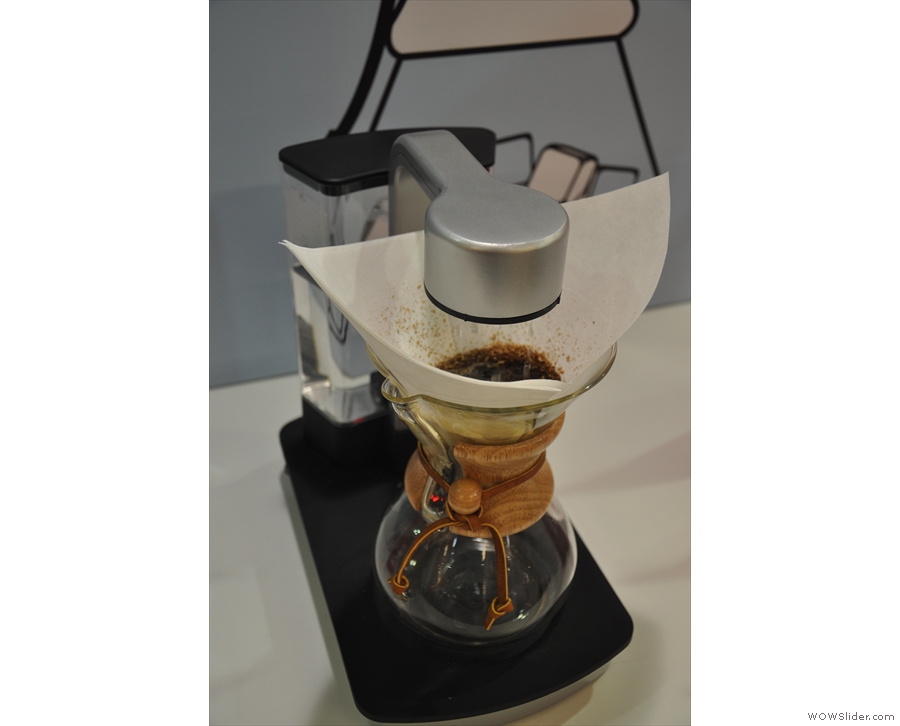
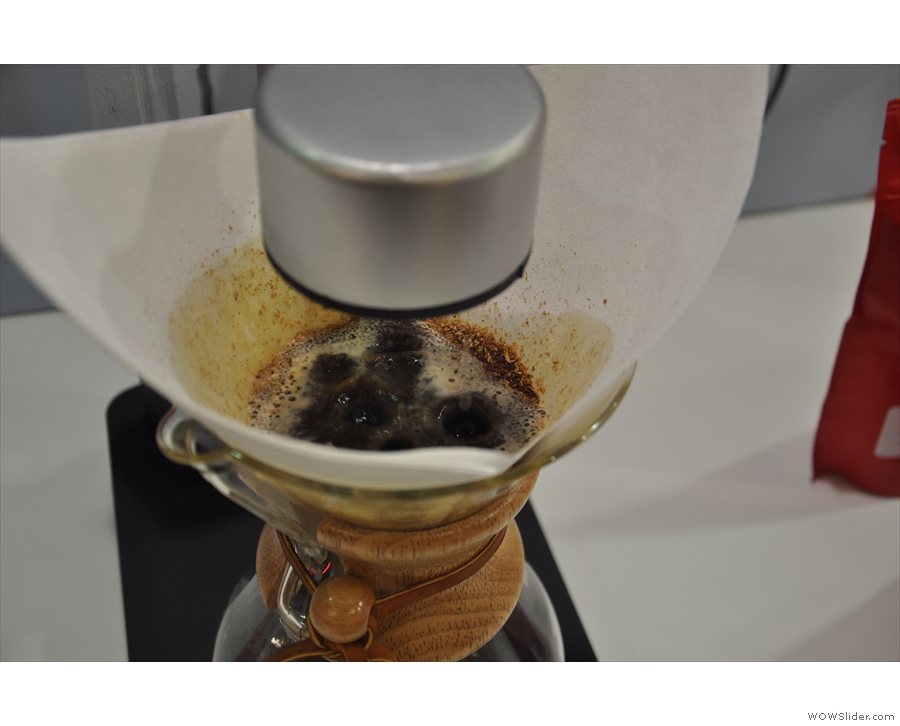
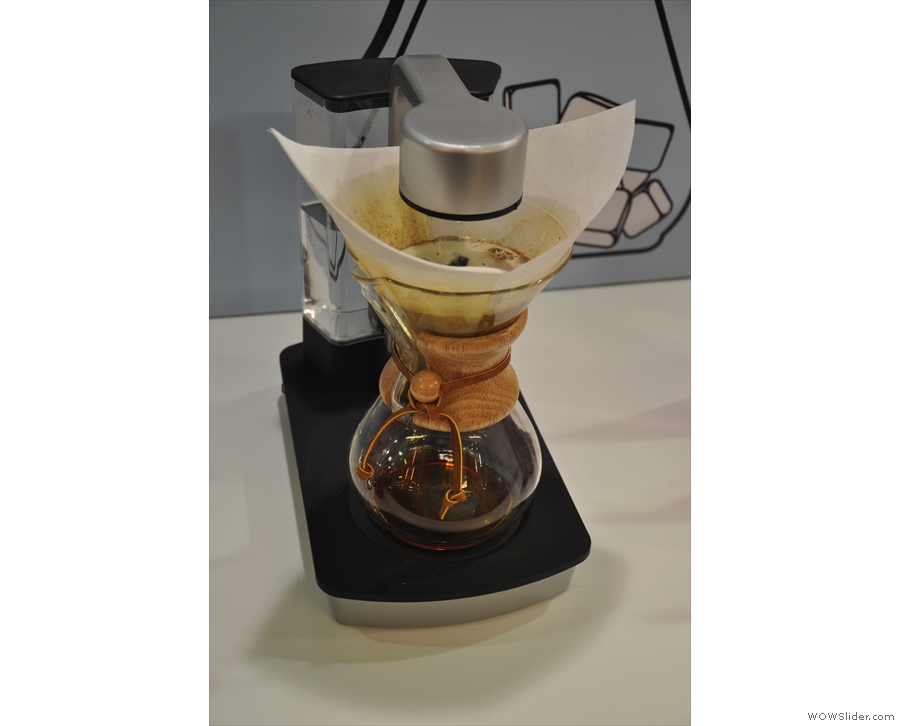
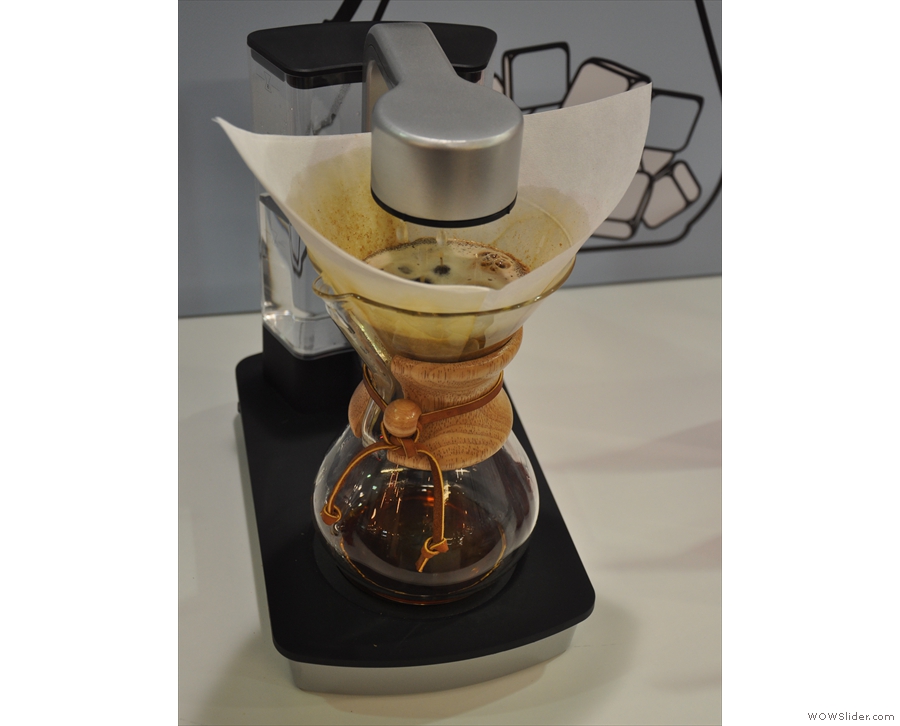
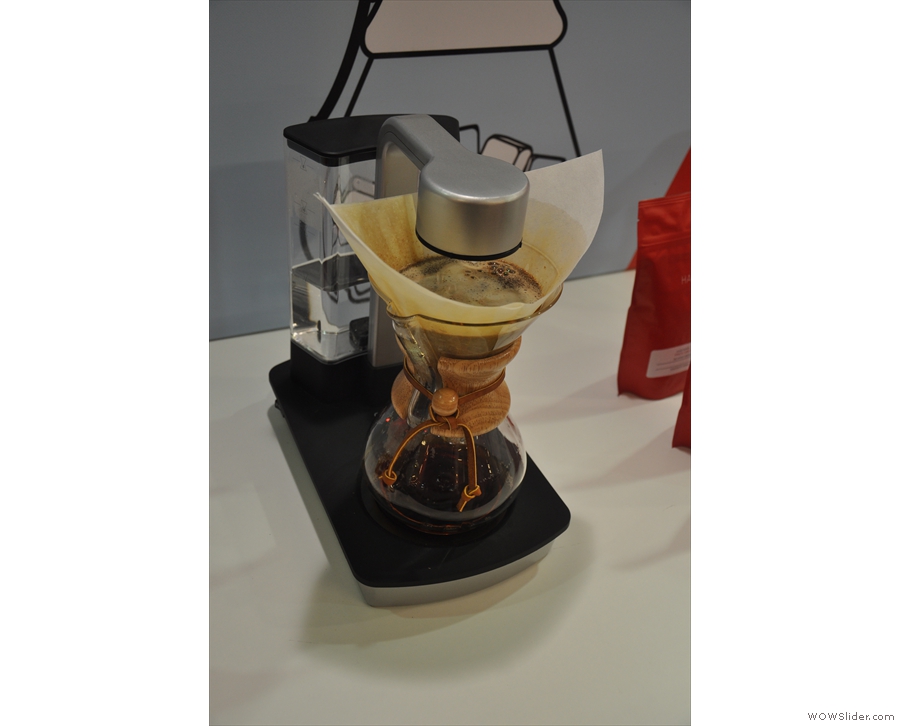
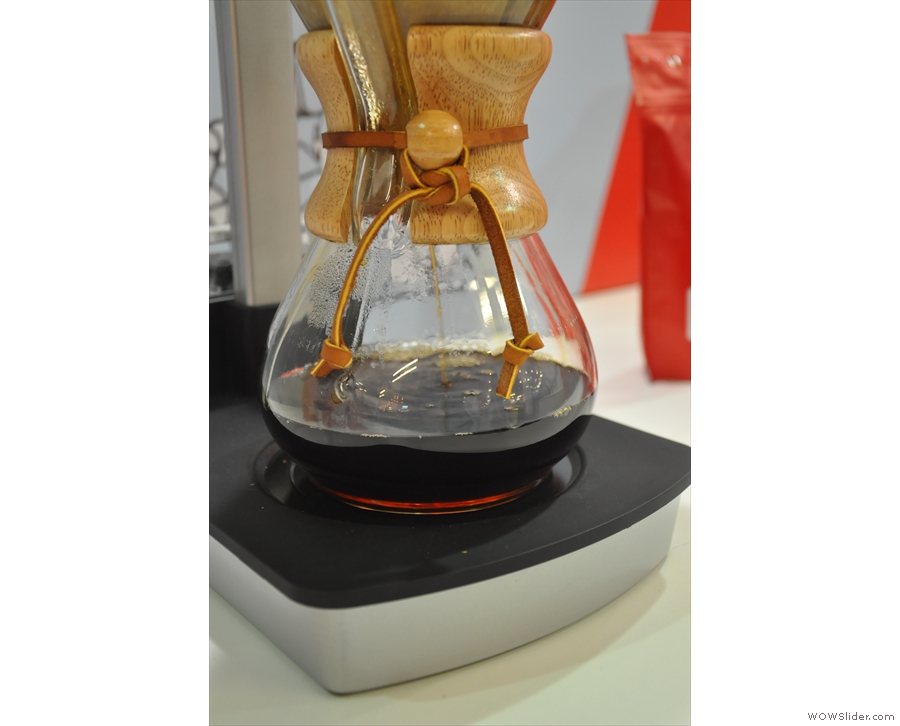
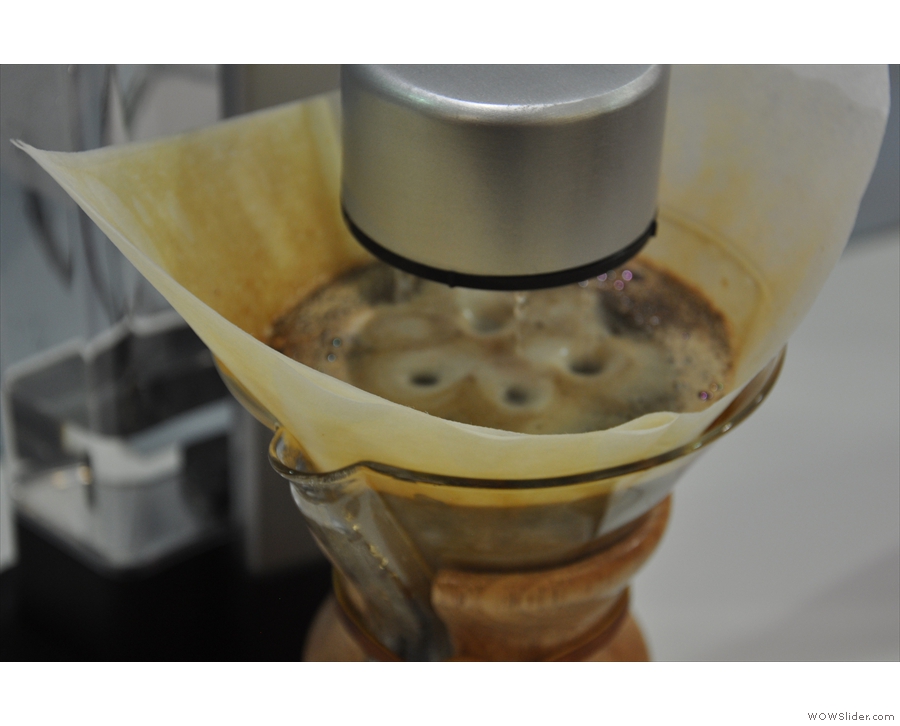
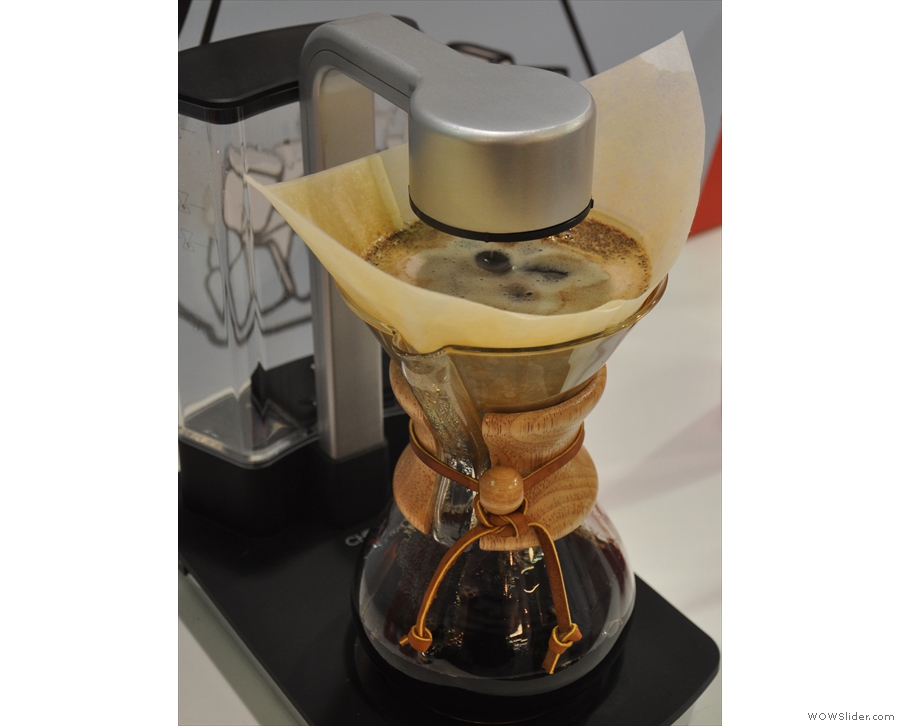
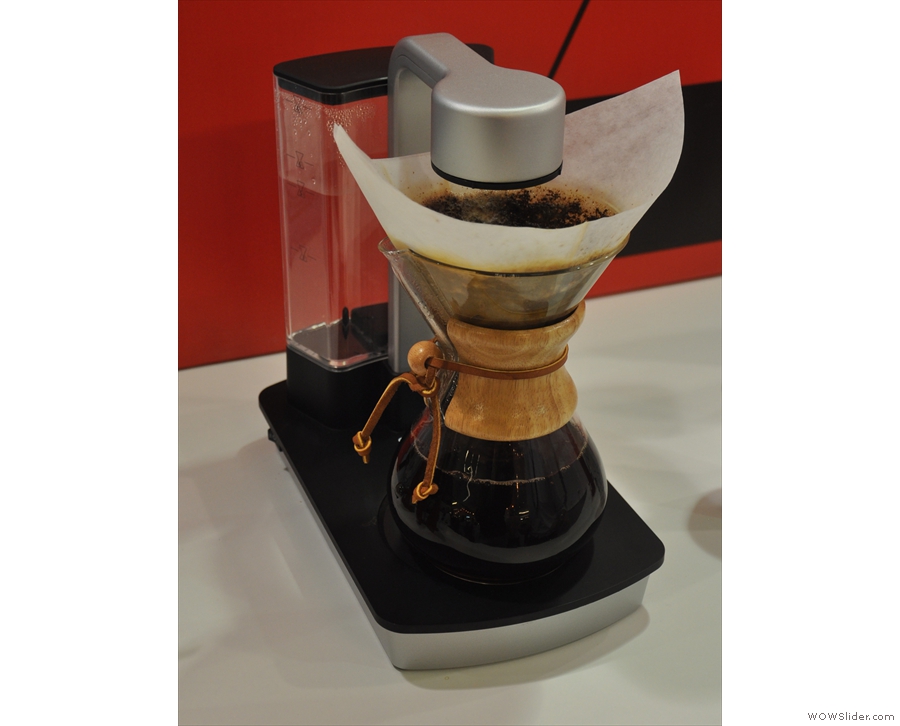
 1
1 2
2 3
3 4
4 5
5 6
6 7
7 8
8 9
9 10
10 11
11 12
12 13
13 14
14 15
15 16
16 17
17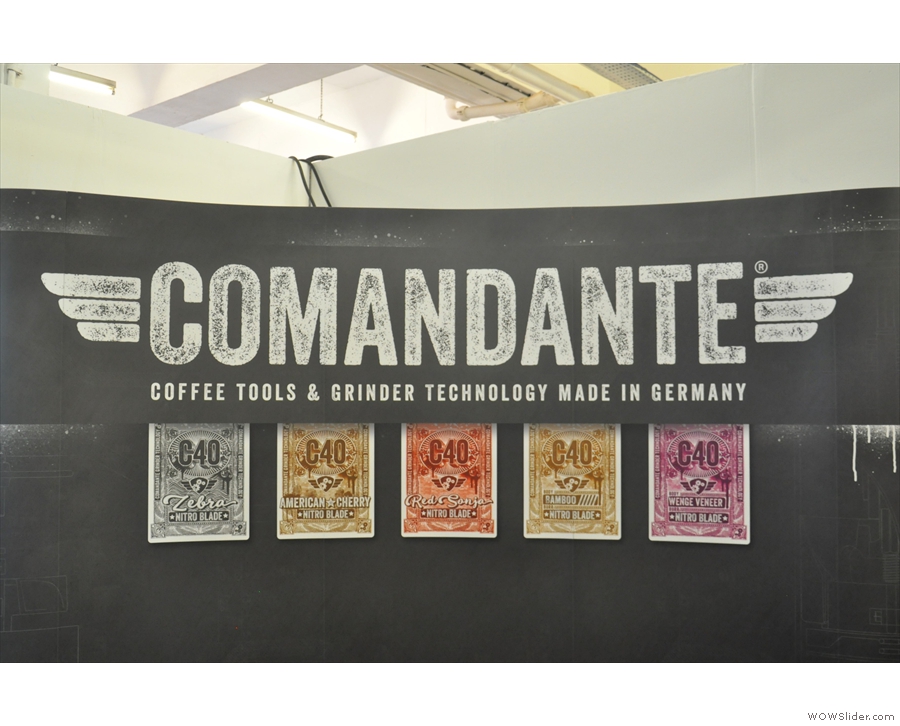
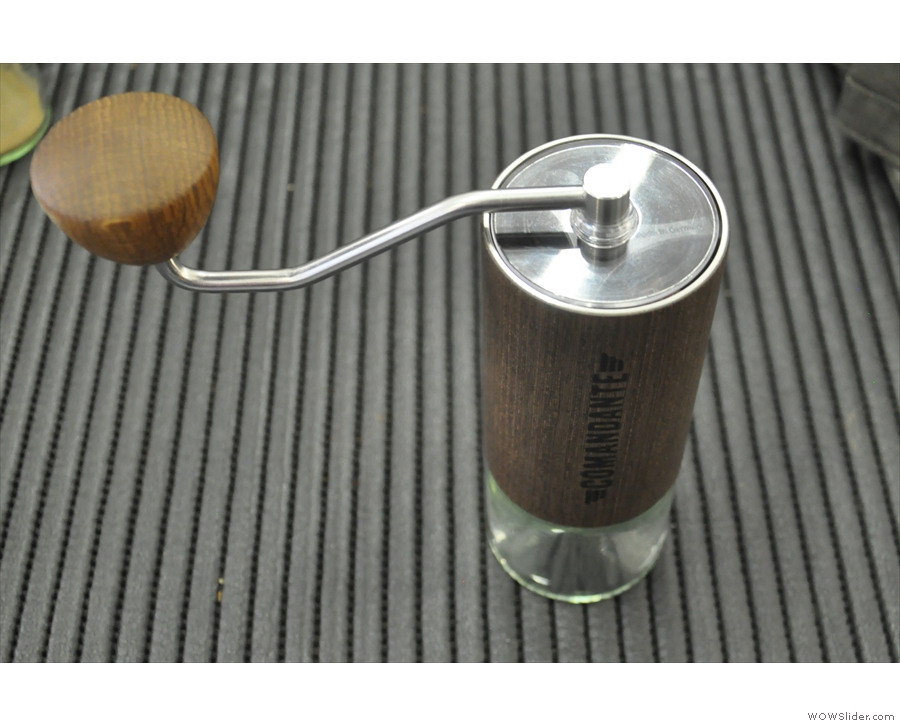
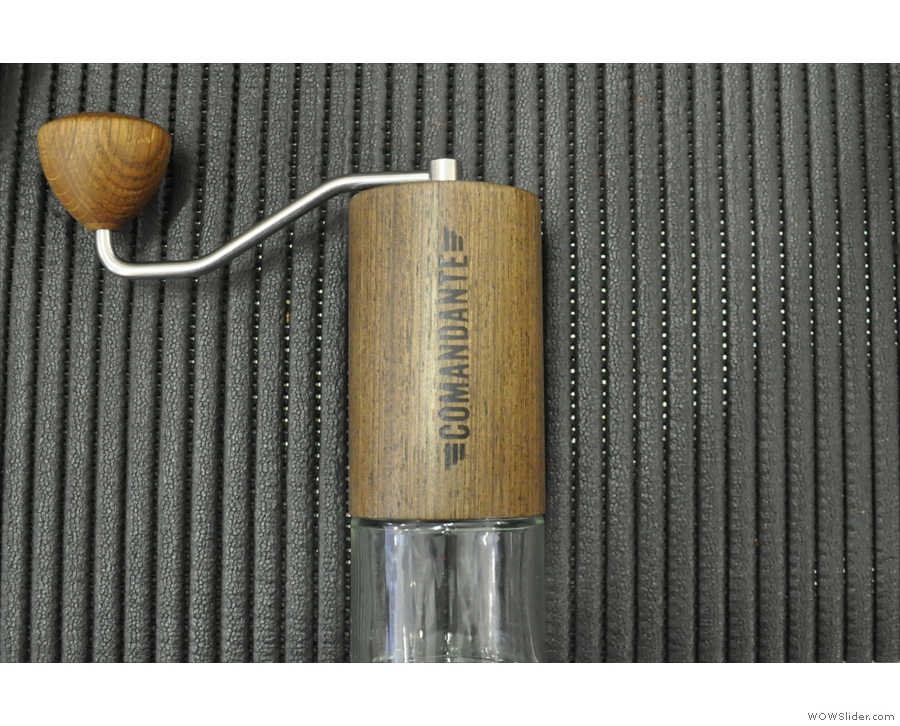
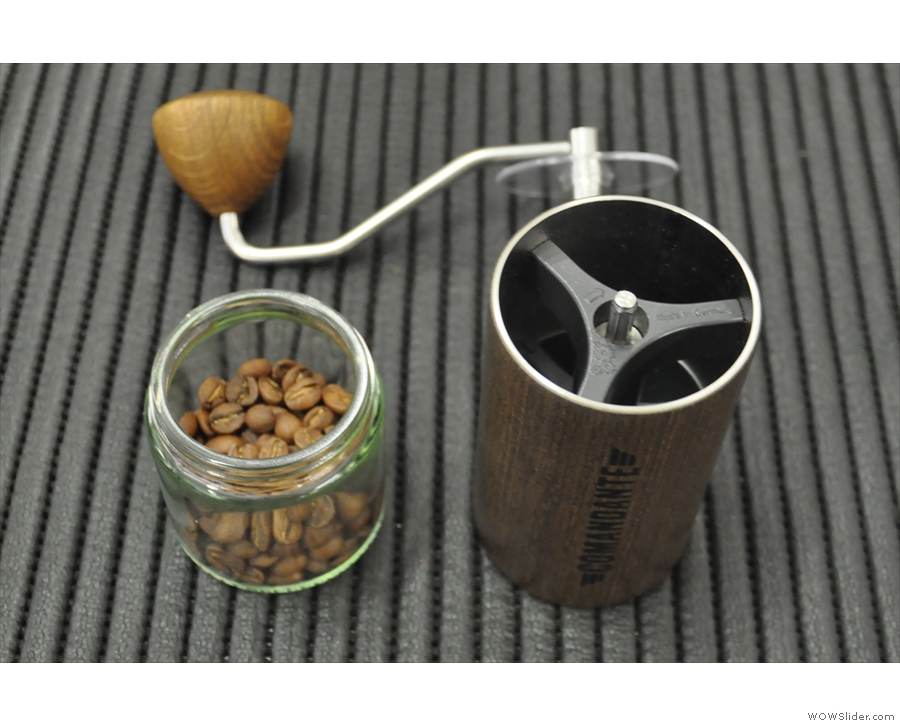

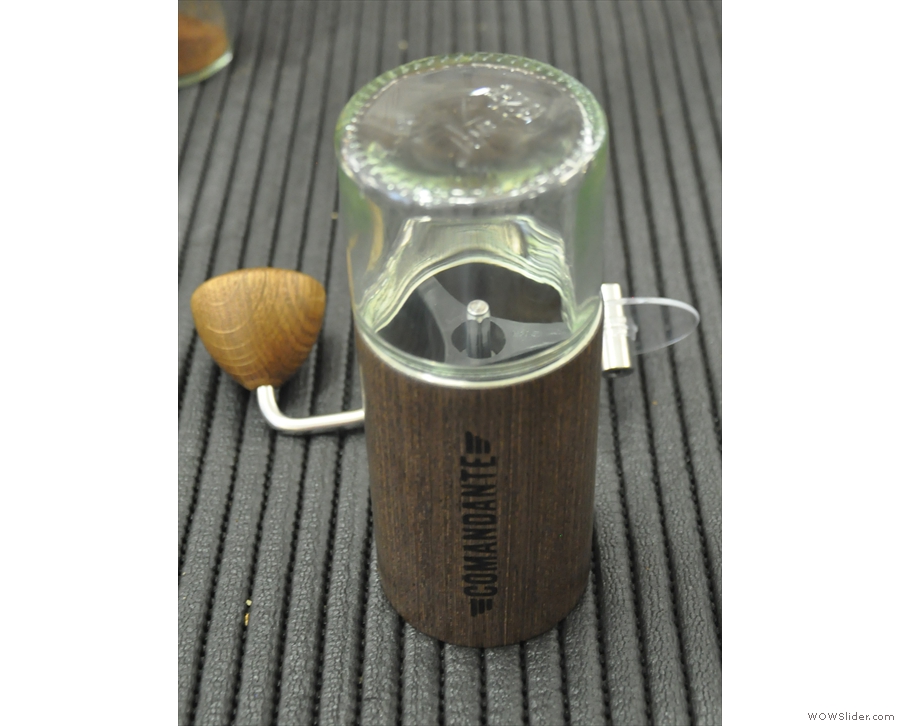
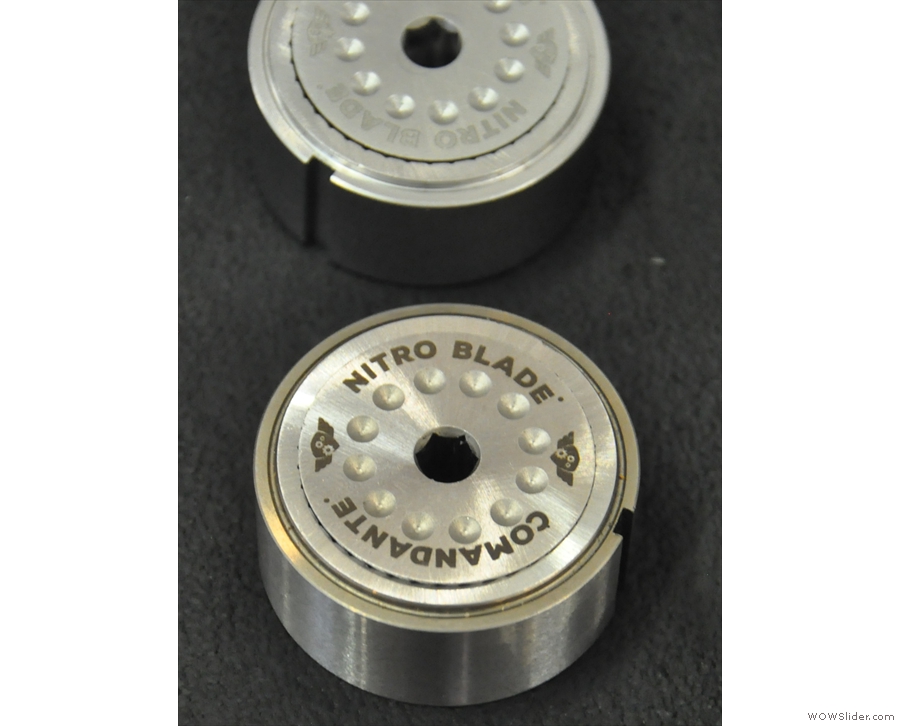
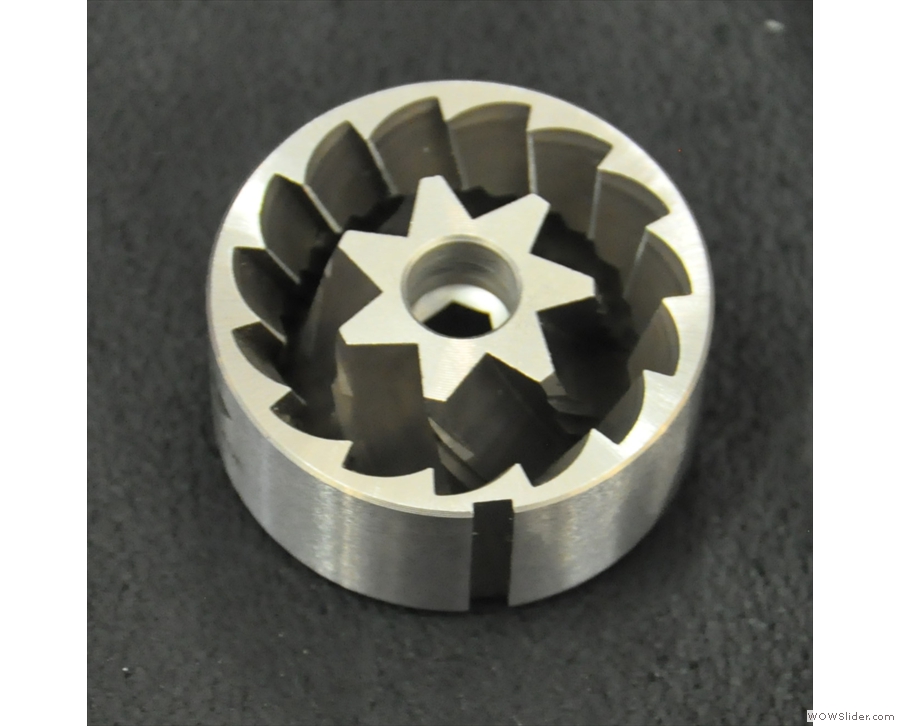
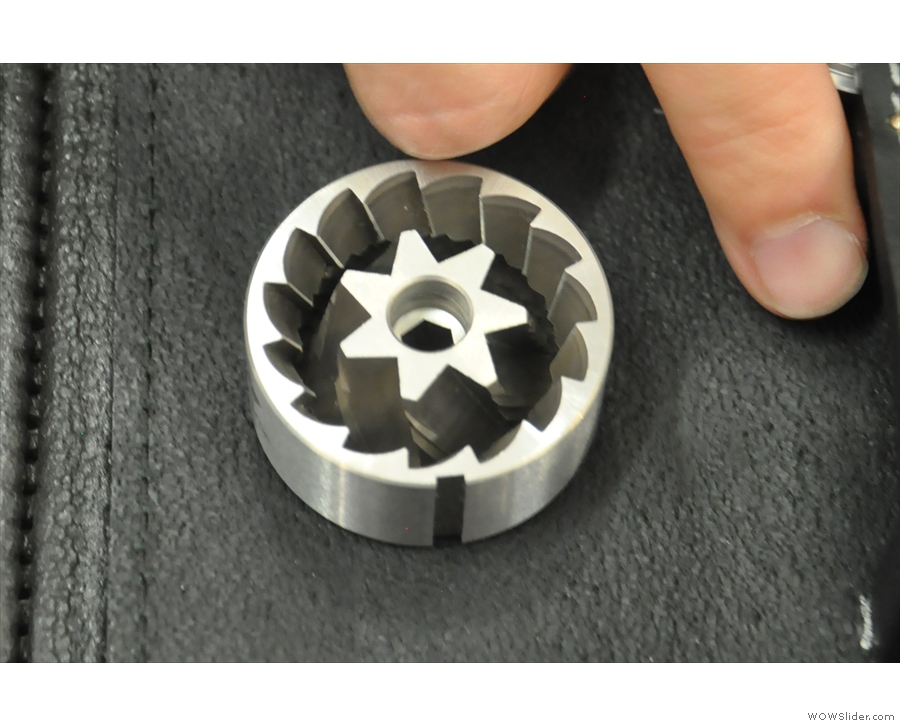
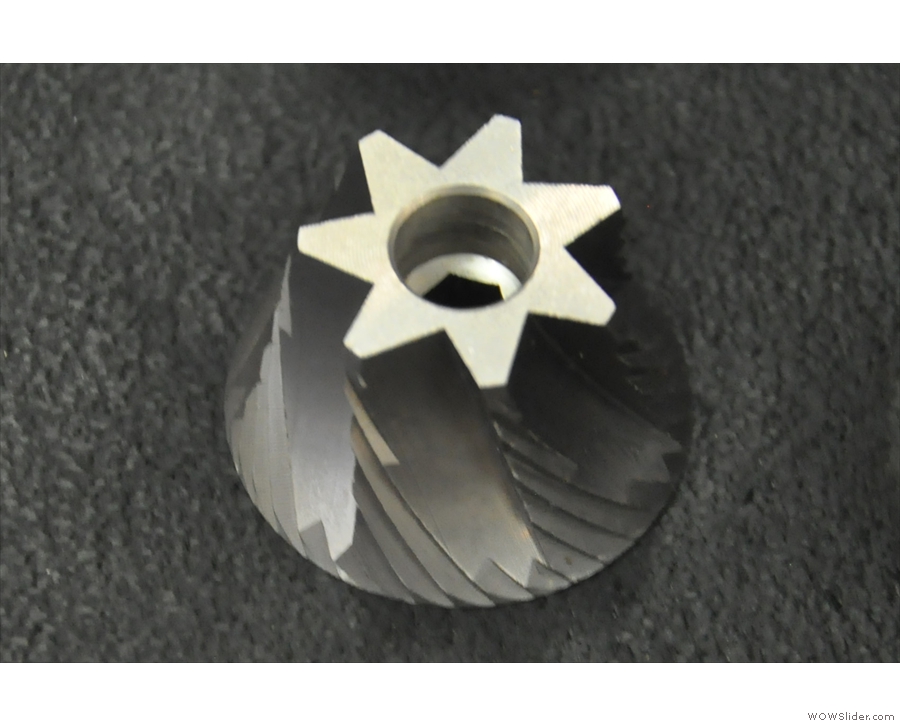
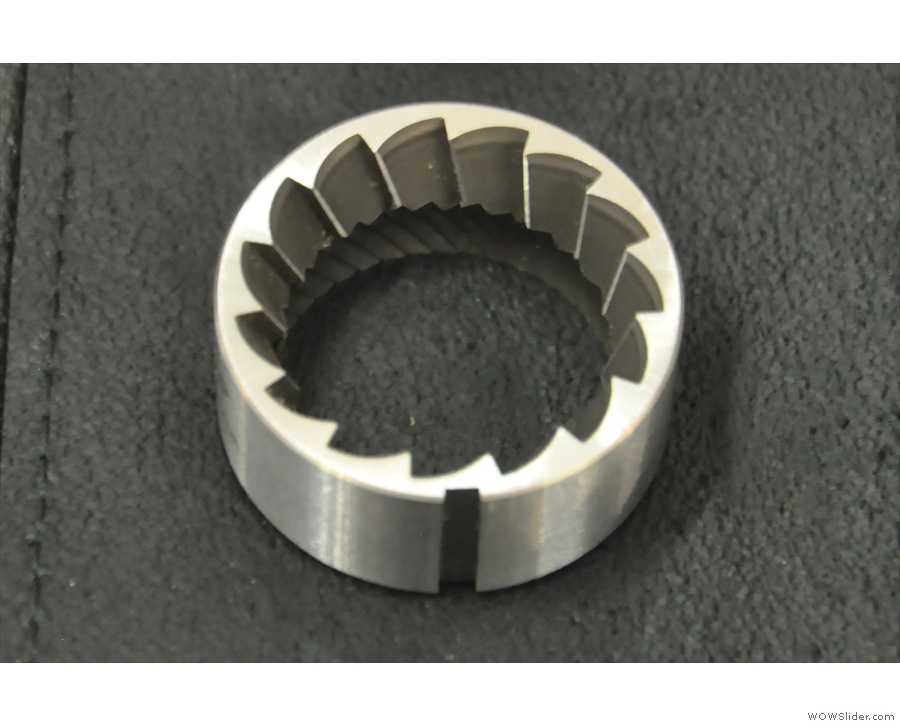
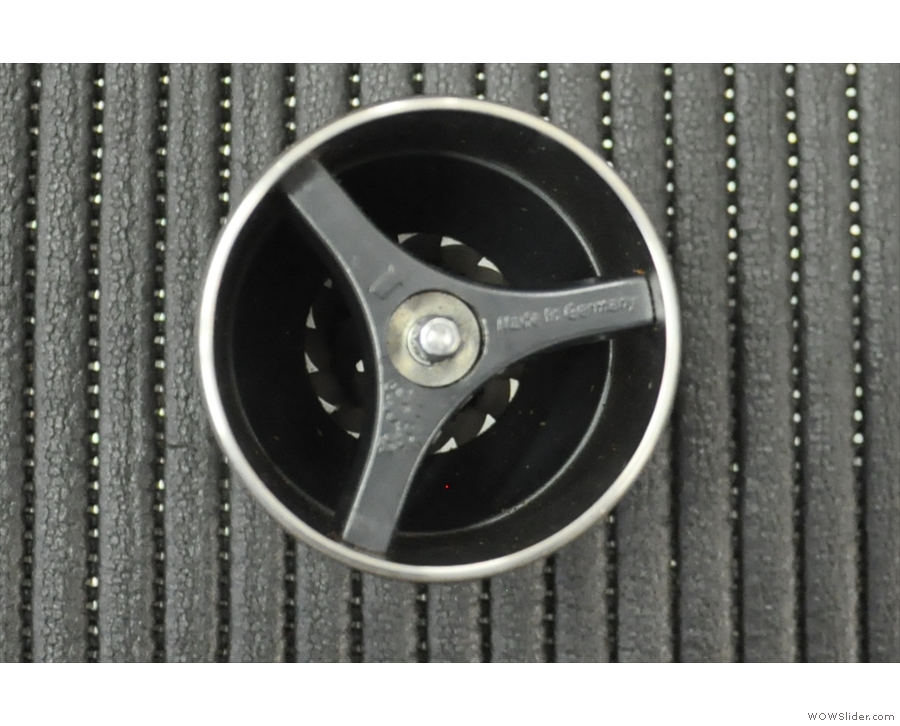
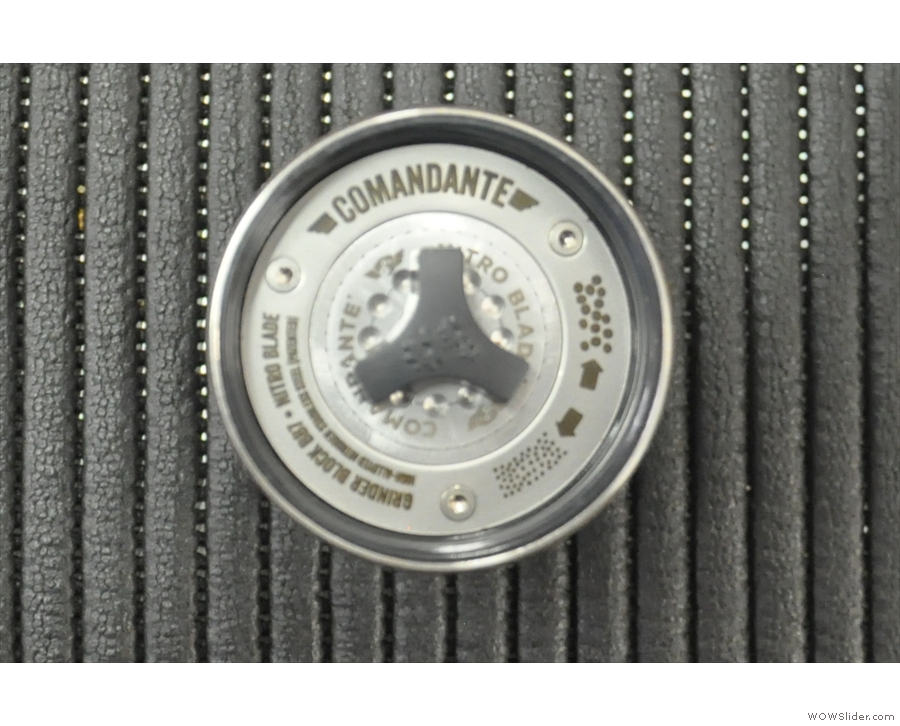
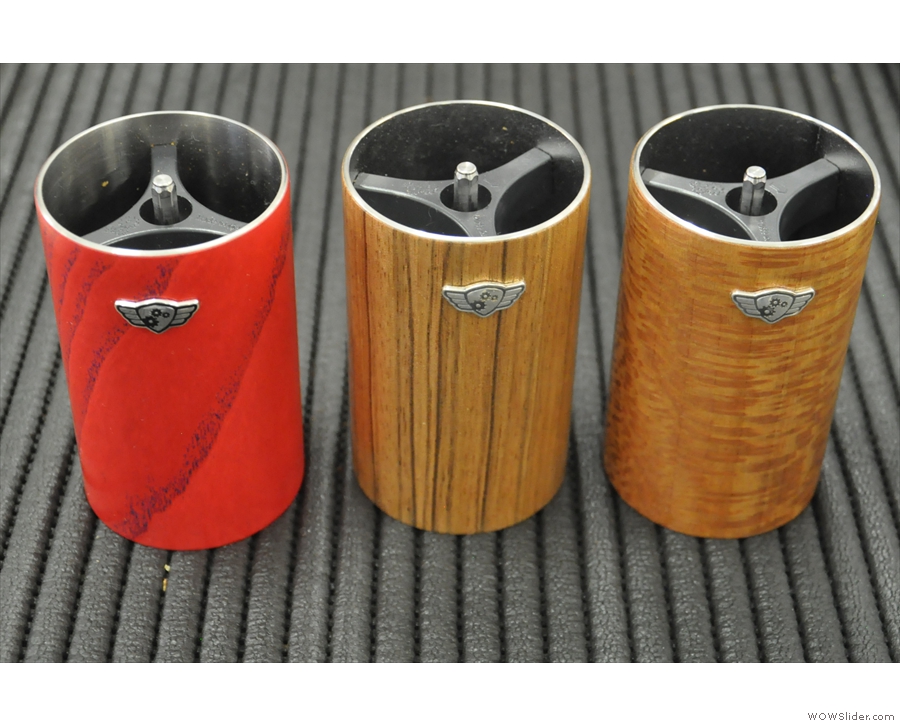

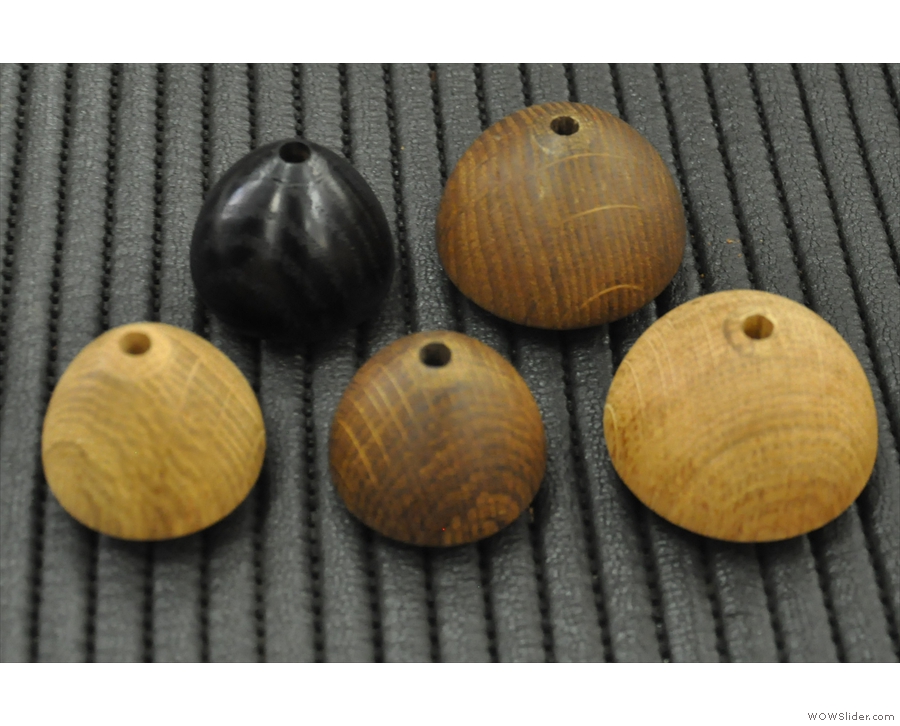
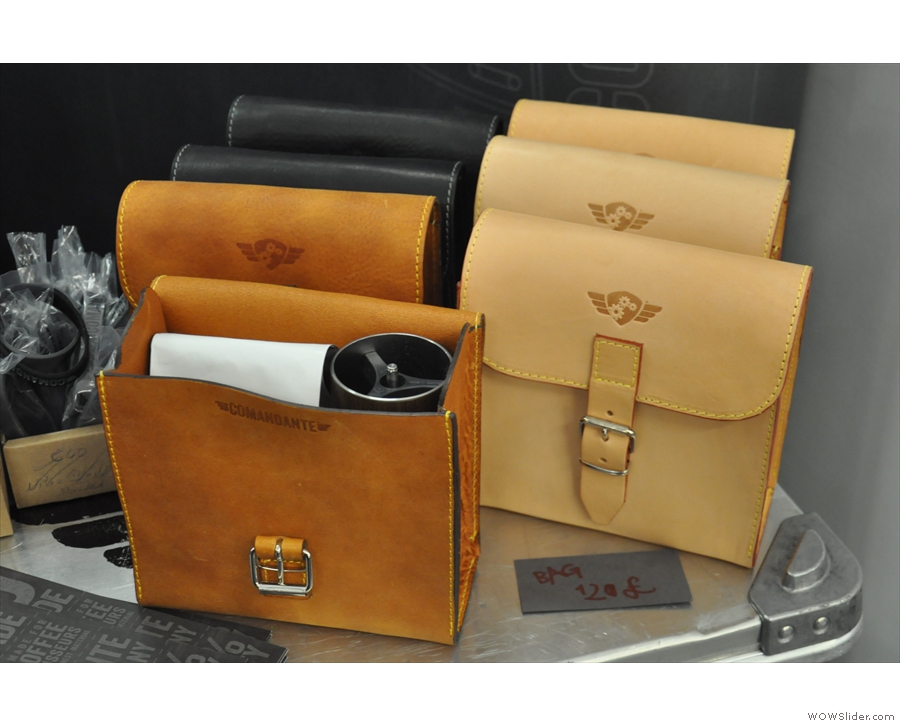
 1
1 2
2 3
3 4
4 5
5 6
6 7
7 8
8 9
9 10
10 11
11 12
12 13
13 14
14 15
15 16
16 17
17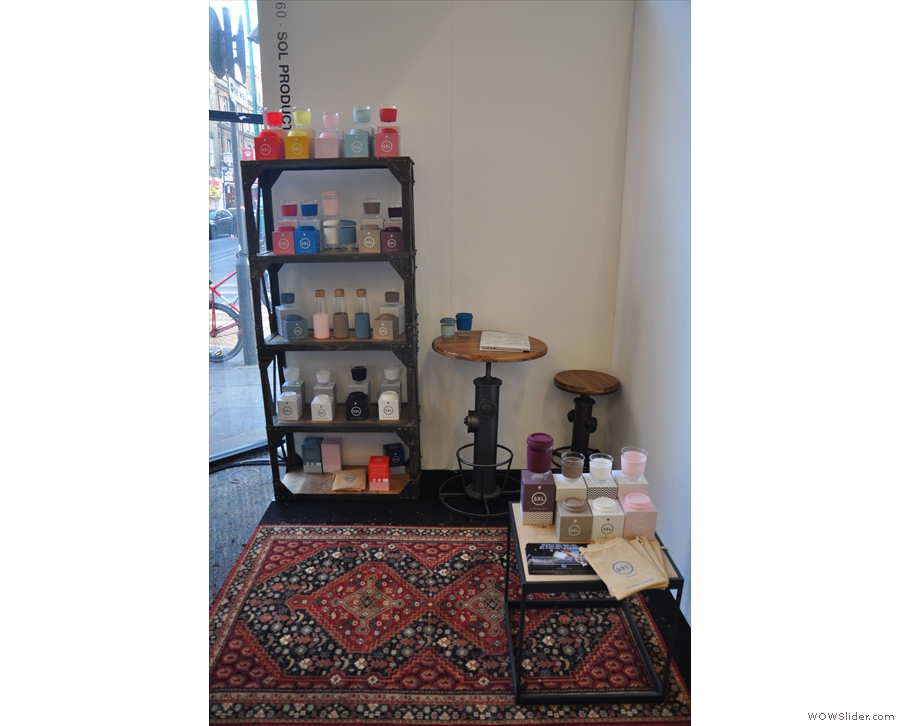
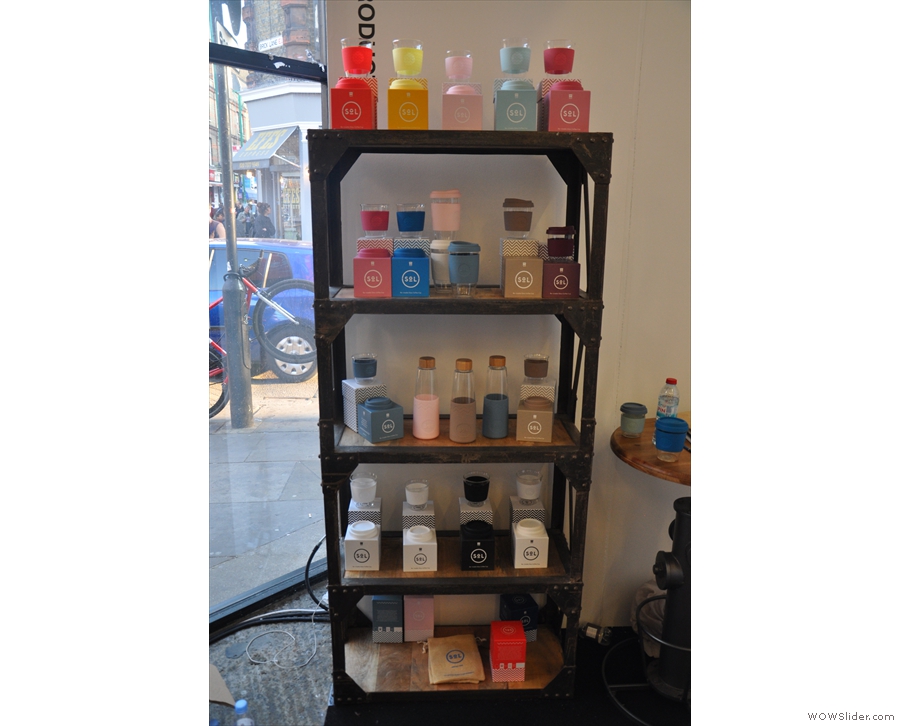
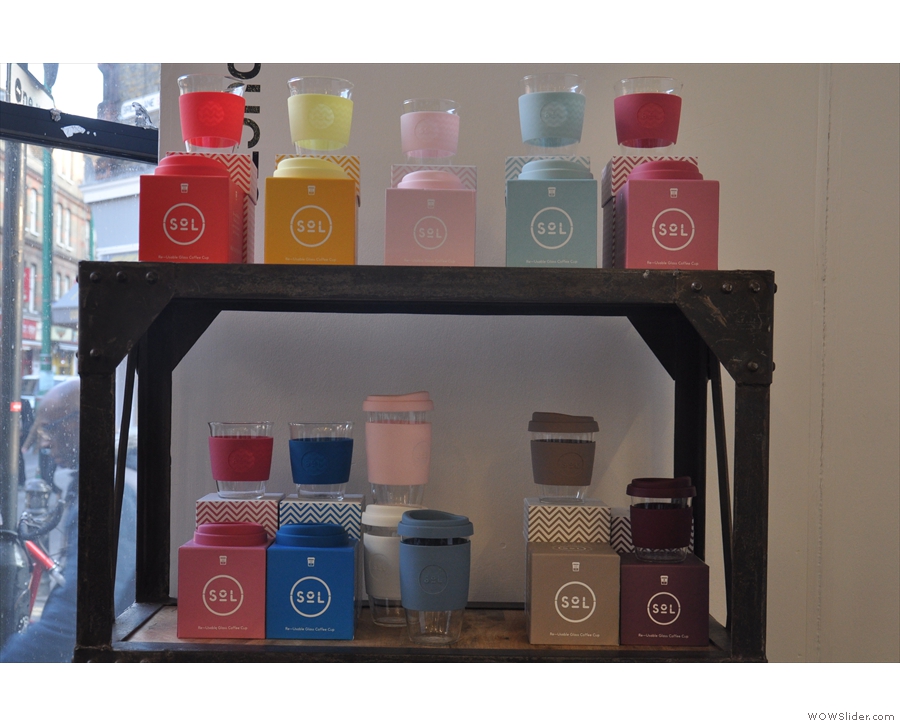
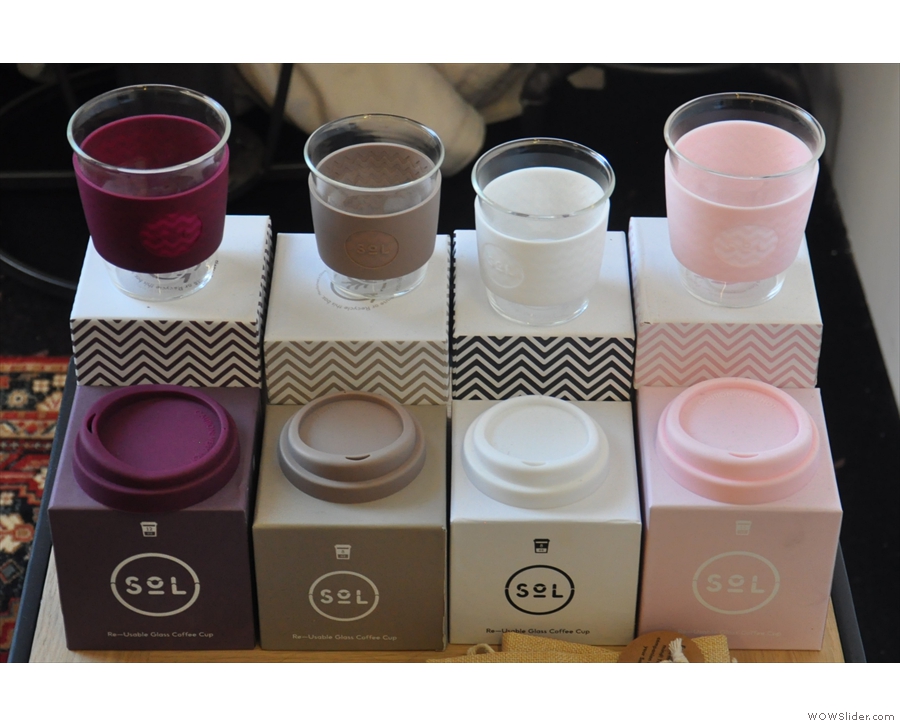
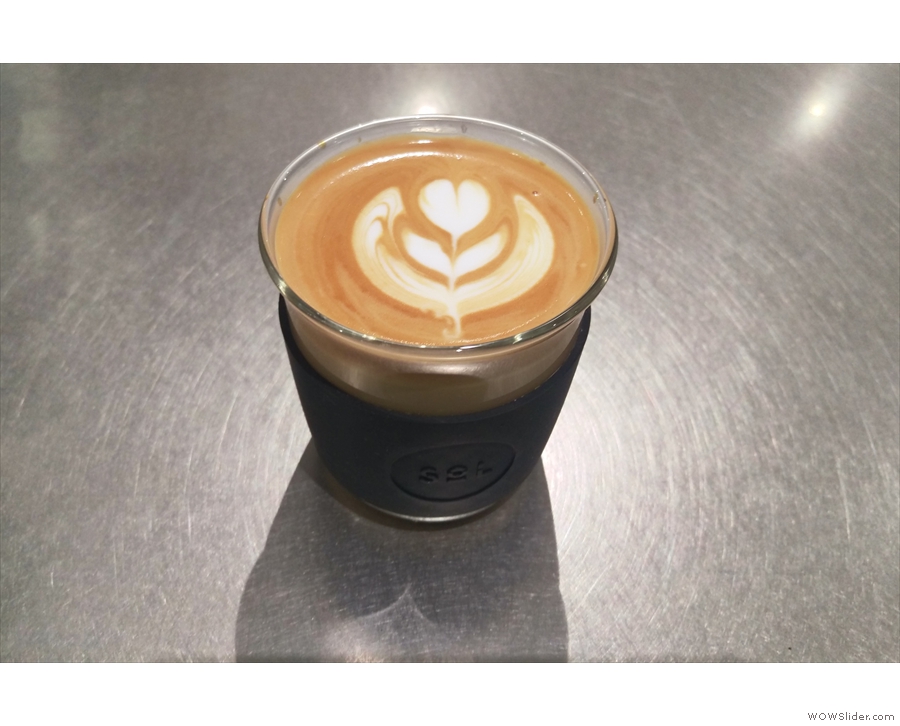
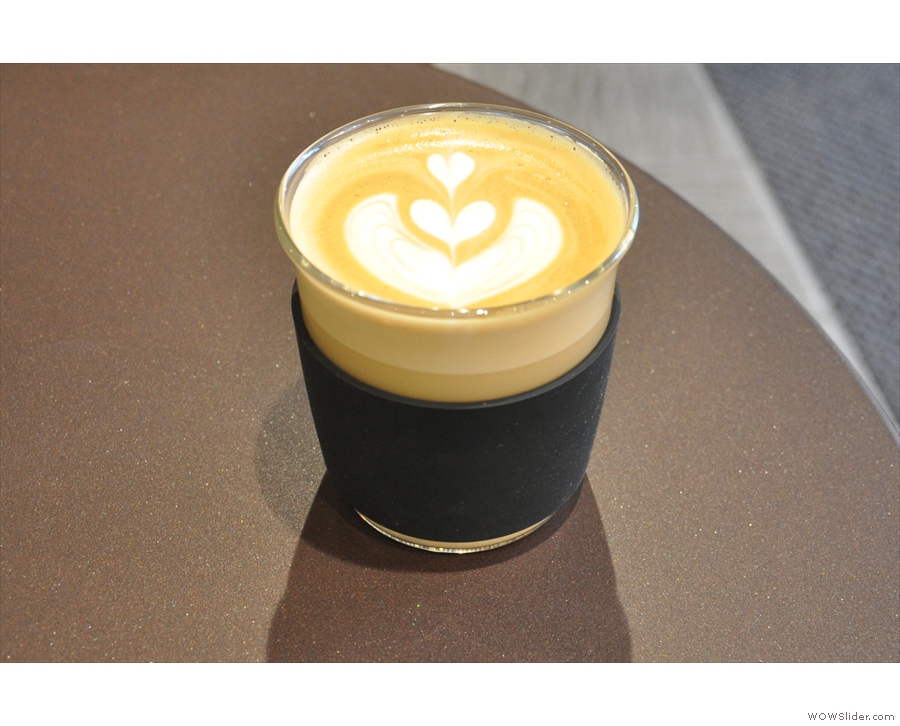
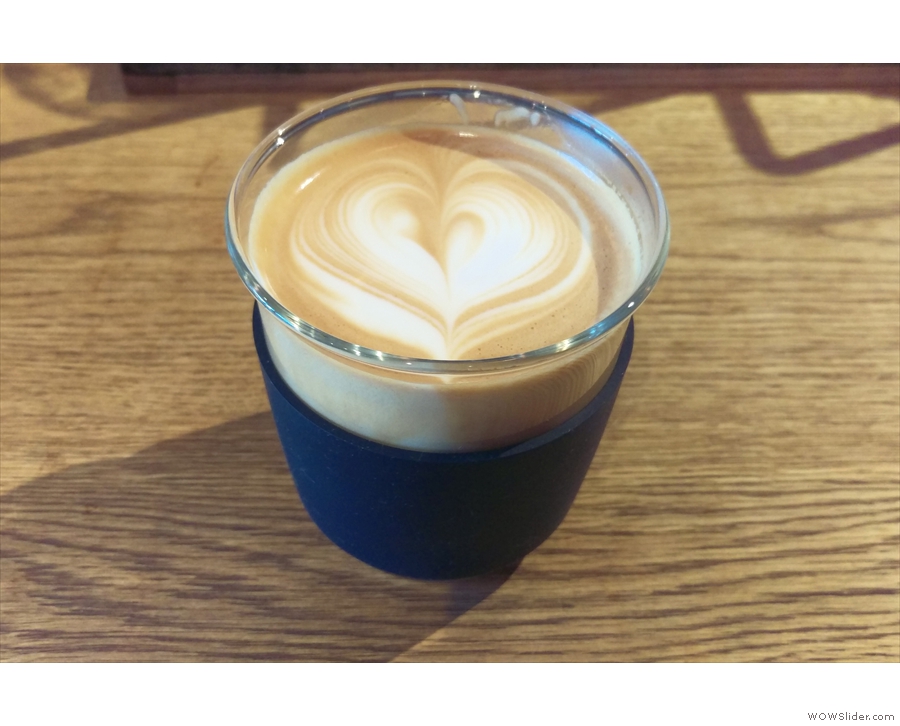
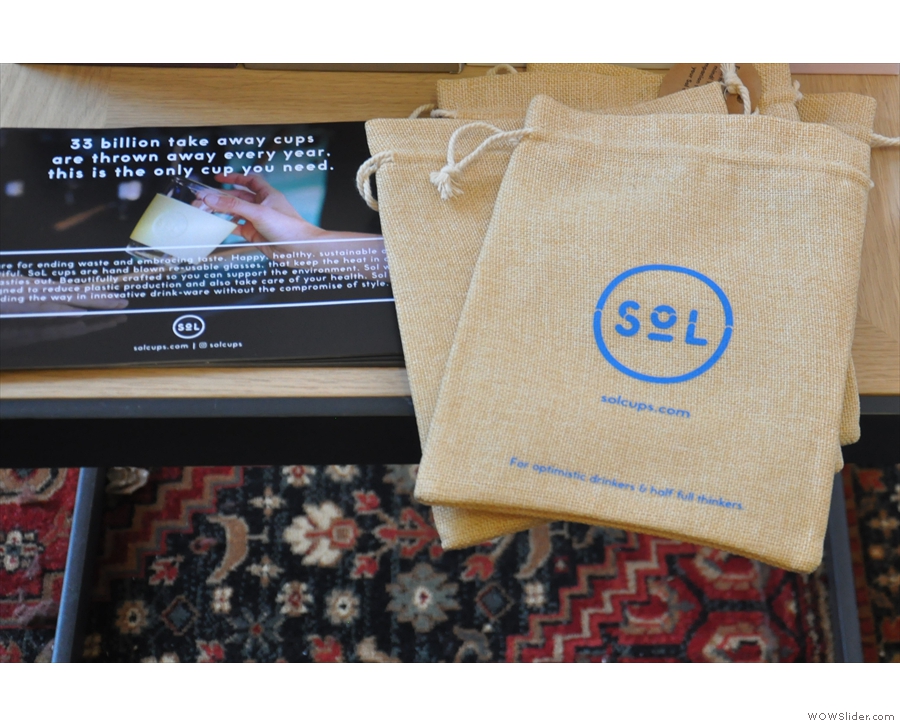
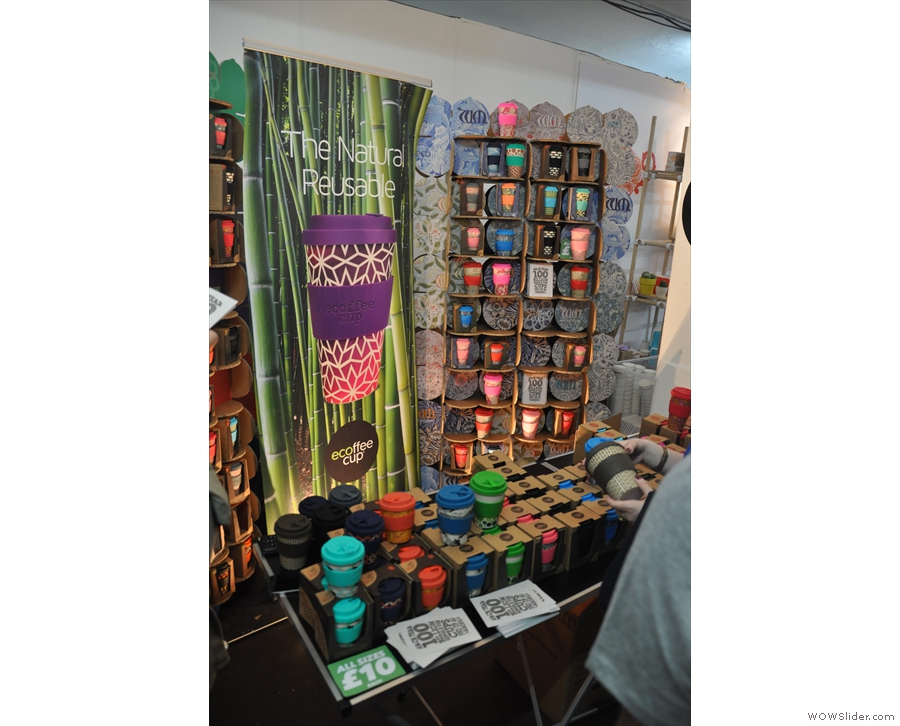

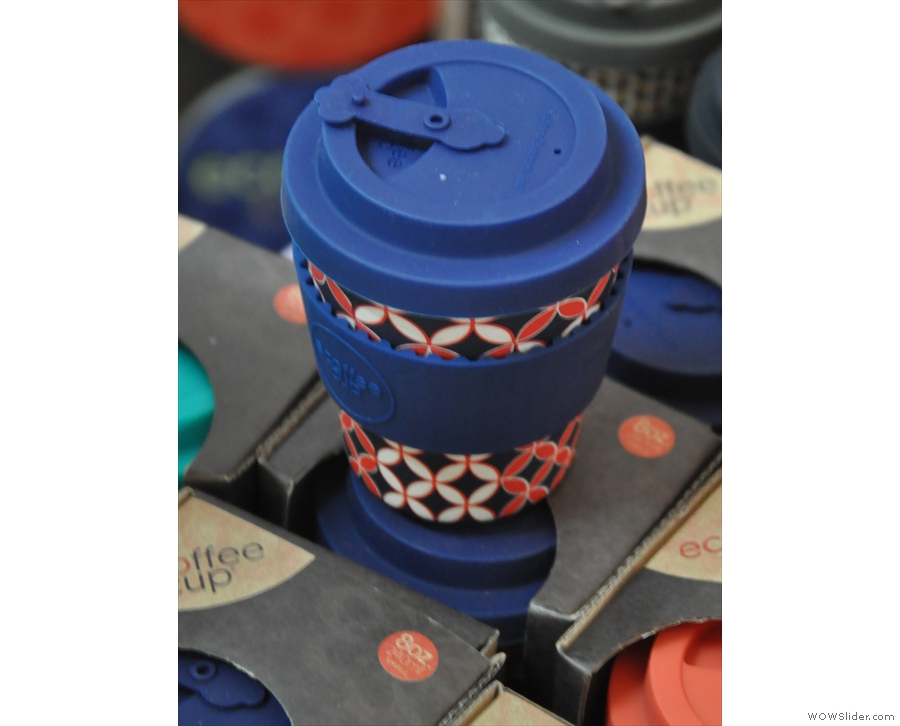
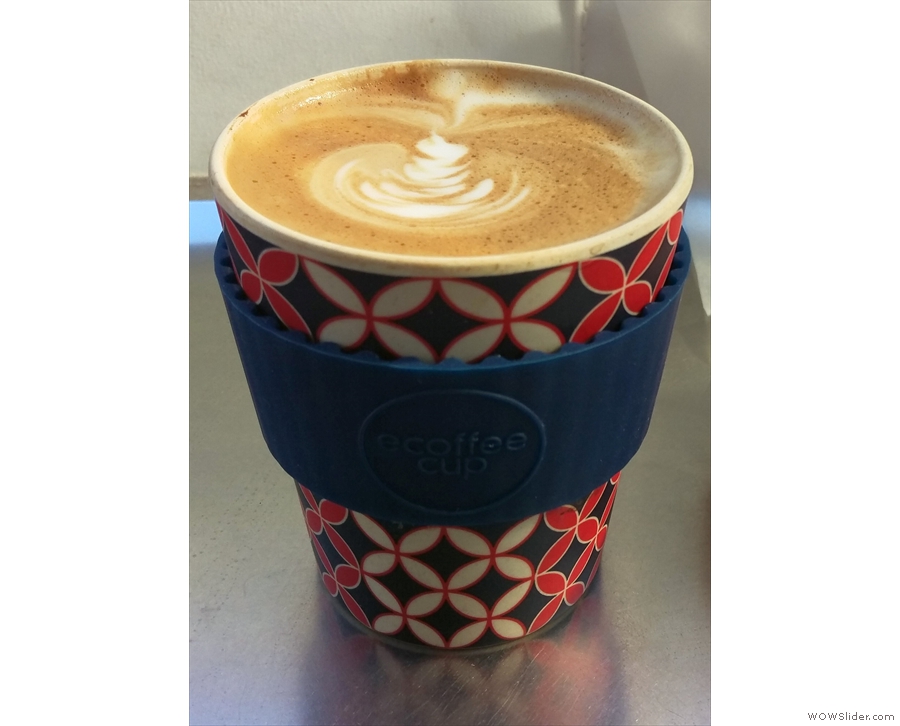
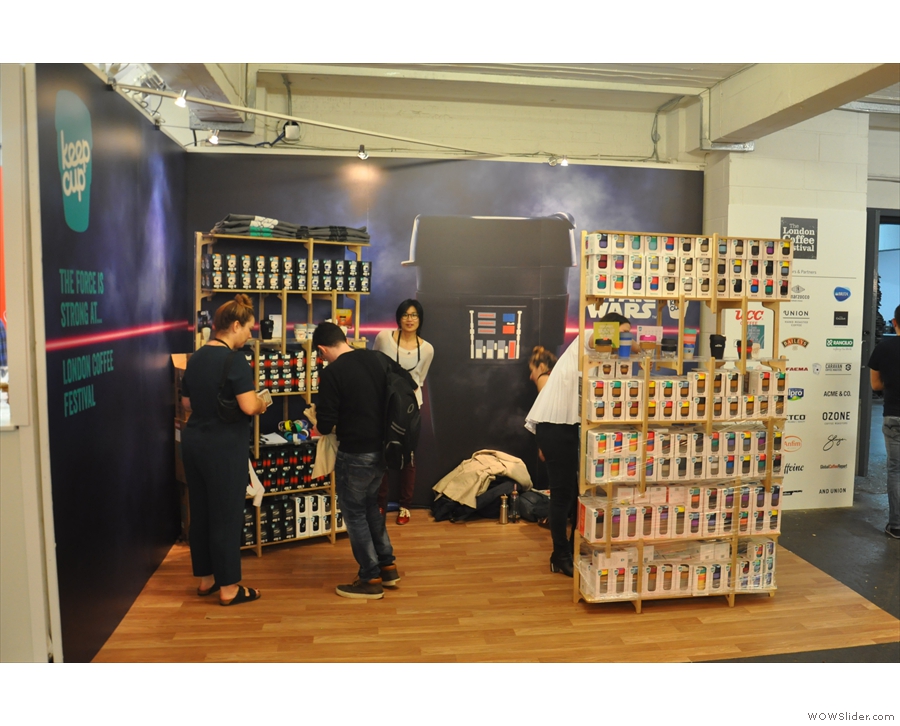
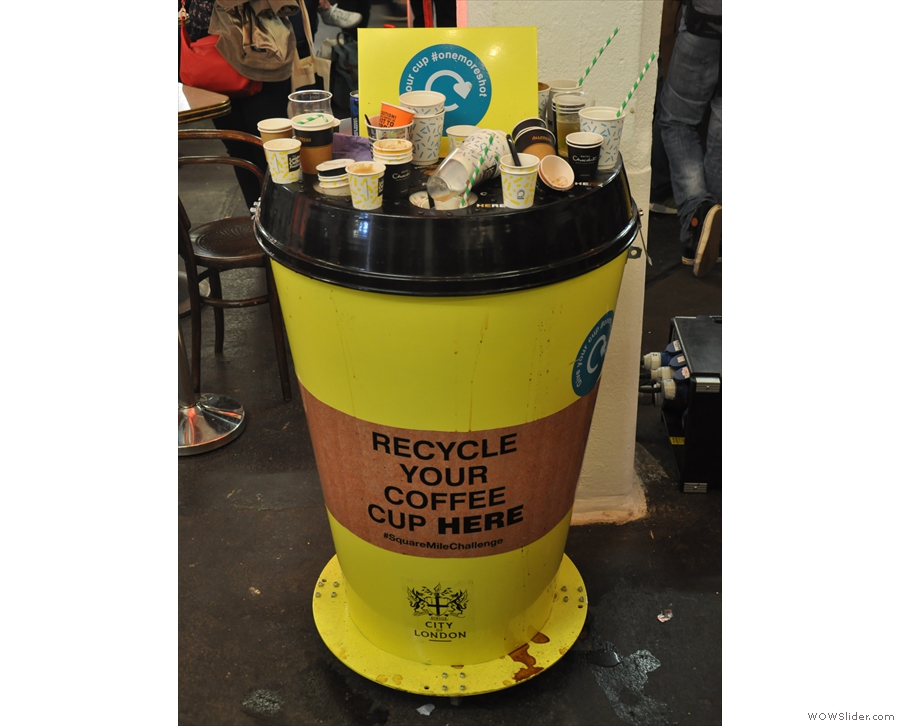
 1
1 2
2 3
3 4
4 5
5 6
6 7
7 8
8 9
9 10
10 11
11 12
12 13
13 14
14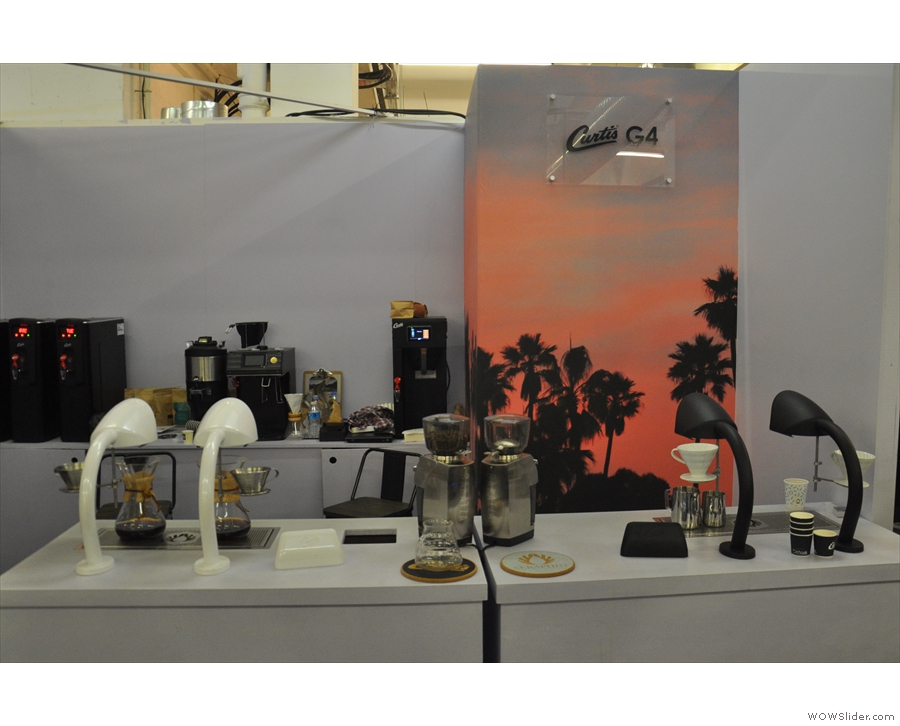
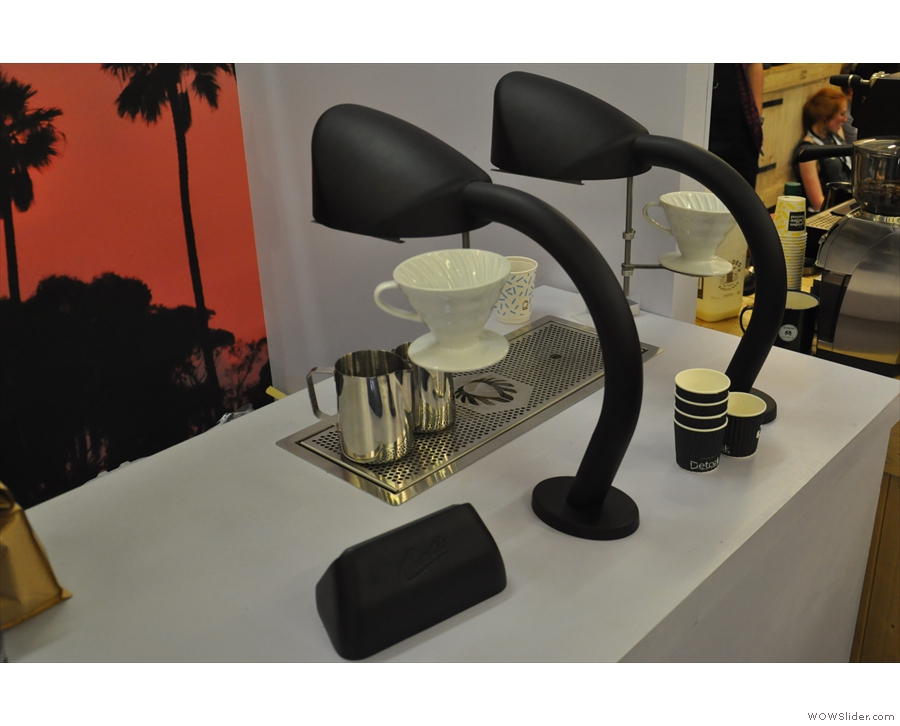
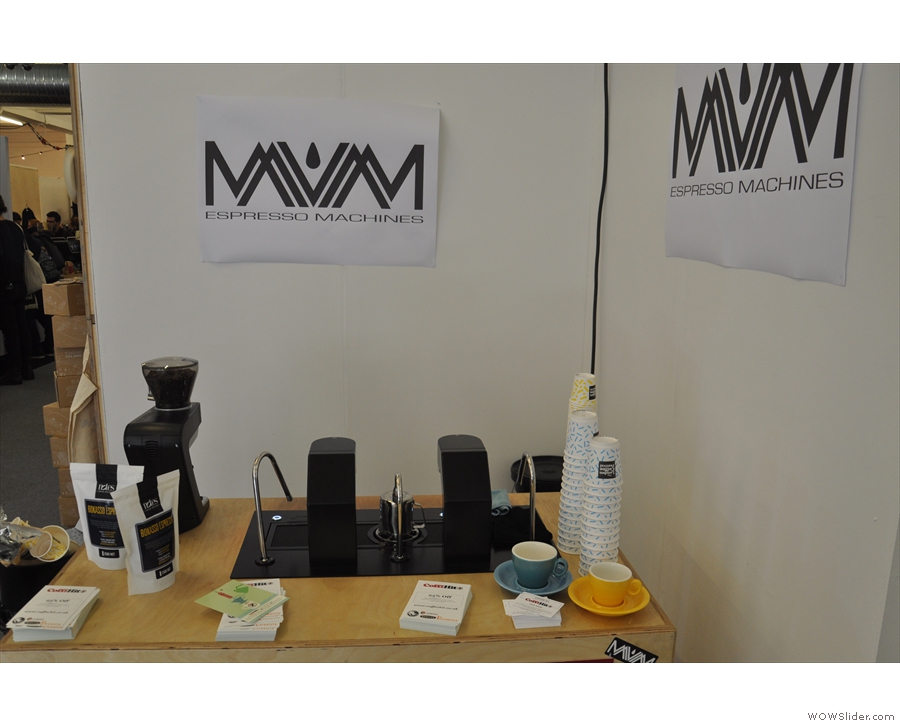
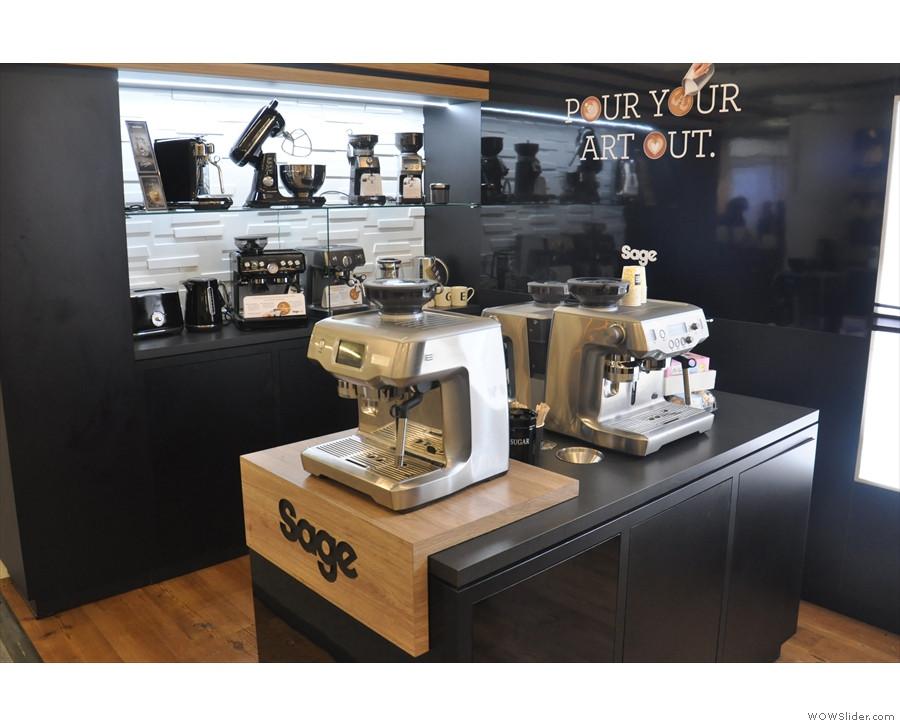
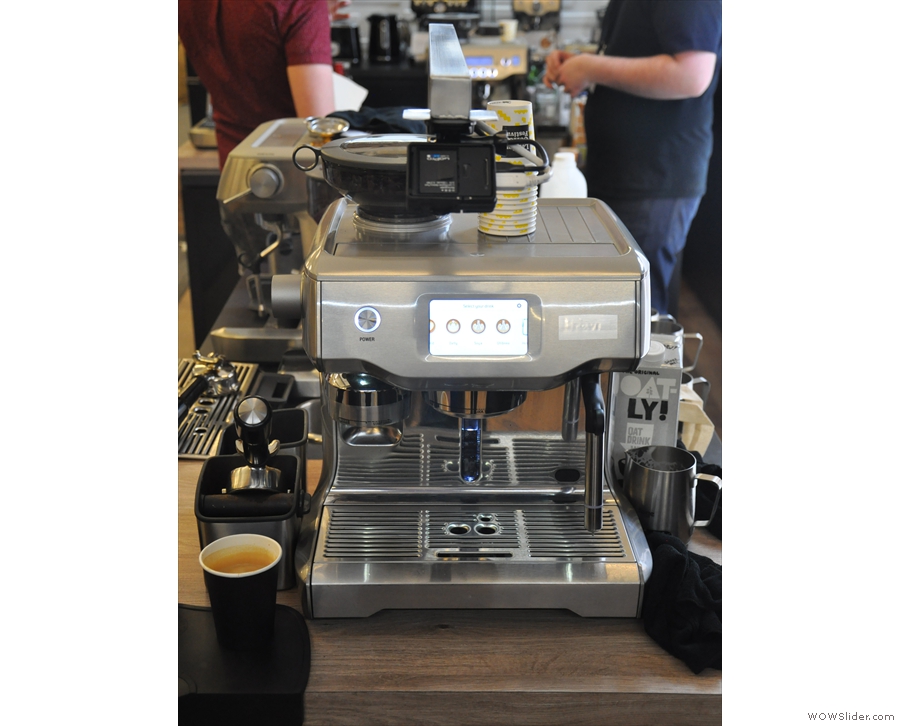
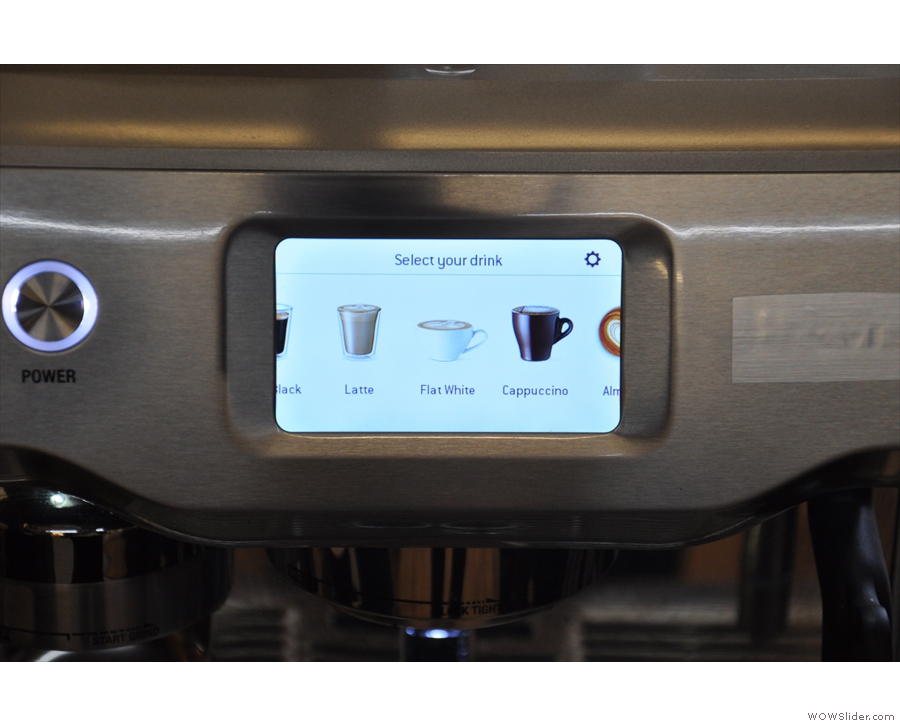
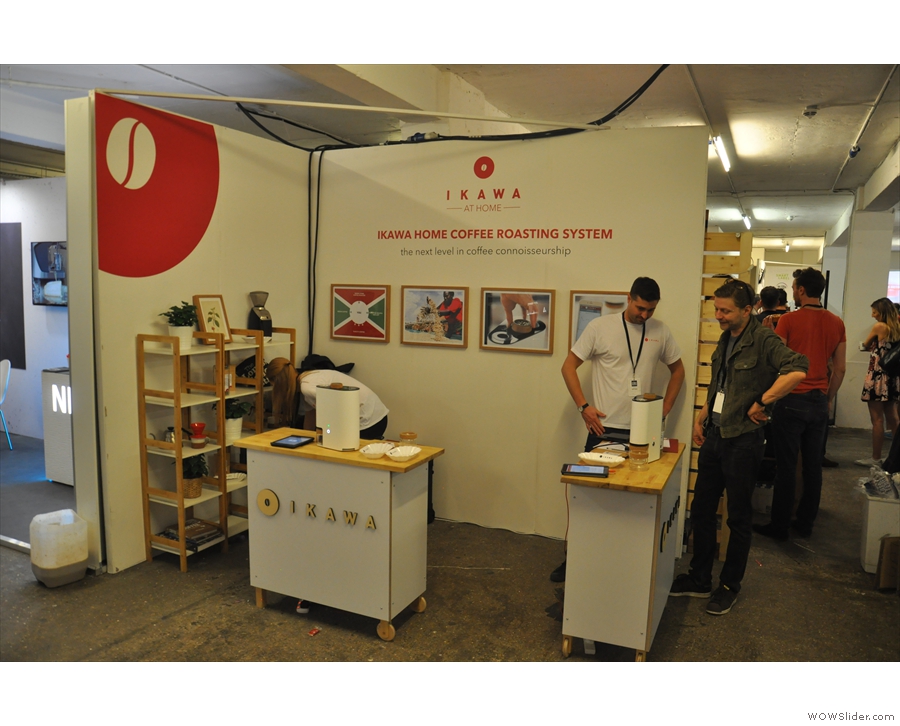


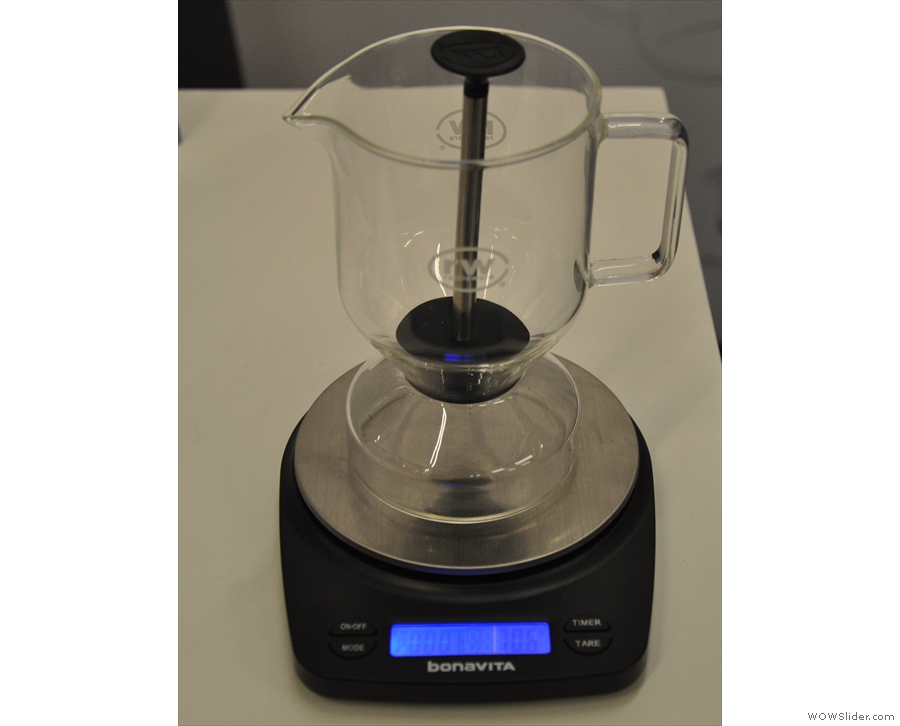
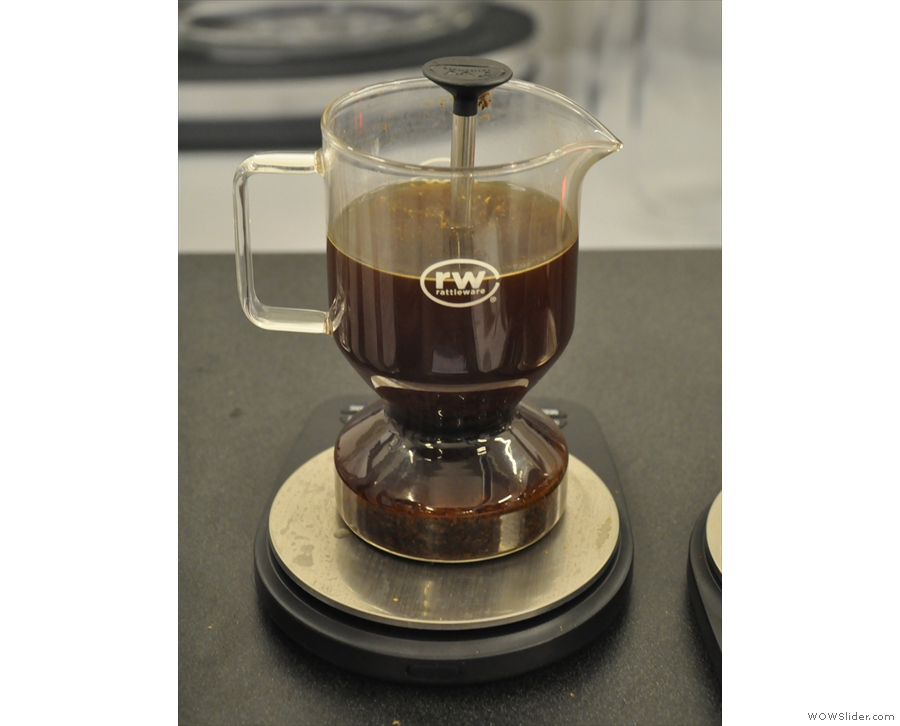
 1
1 2
2 3
3 4
4 5
5 6
6 7
7 8
8 9
9 10
10 11
11
Pingback: London Coffee Festival 2017: Sustainability | Brian's Coffee Spot
Pingback: London Coffee Festival 2017: Round-up | Brian's Coffee Spot
Pingback: London Coffee Festival 2017: Coffee Experiences | Brian's Coffee Spot
Pingback: London Coffee Festival 2017: Coffee | Brian's Coffee Spot
Pingback: The Coffee Spot Christmas Gift Guide 2017 | Brian's Coffee Spot
Pingback: Coffee Experience at Queens of Mayfair | Brian's Coffee Spot
Pingback: what is espresso-wengue – The Coffee Around
Pingback: MONIES | Brian's Coffee Spot